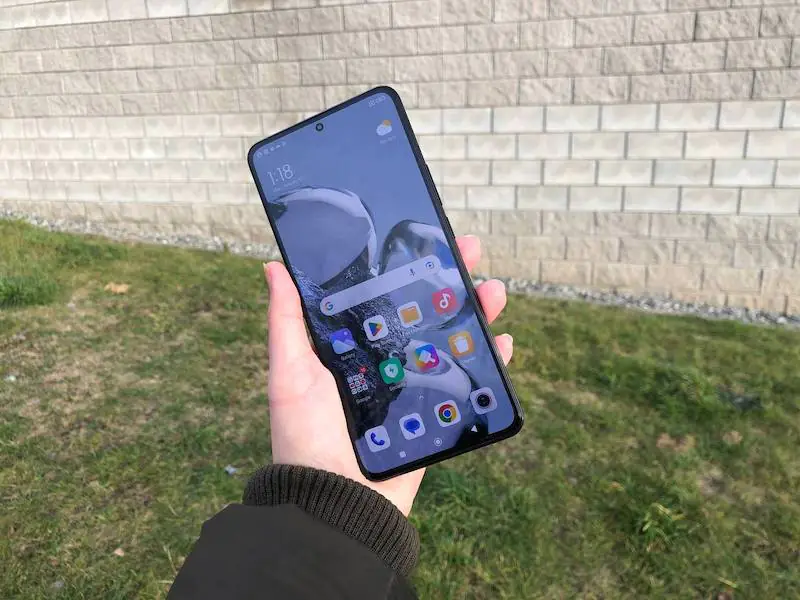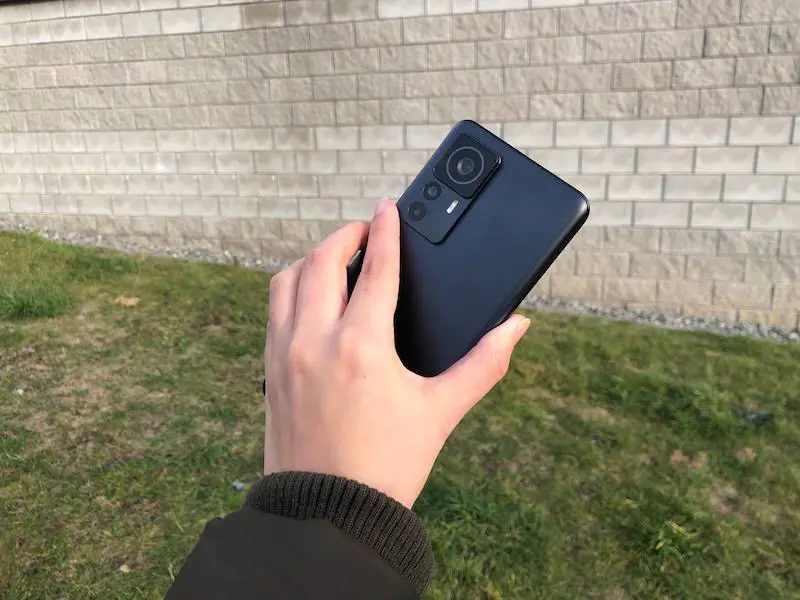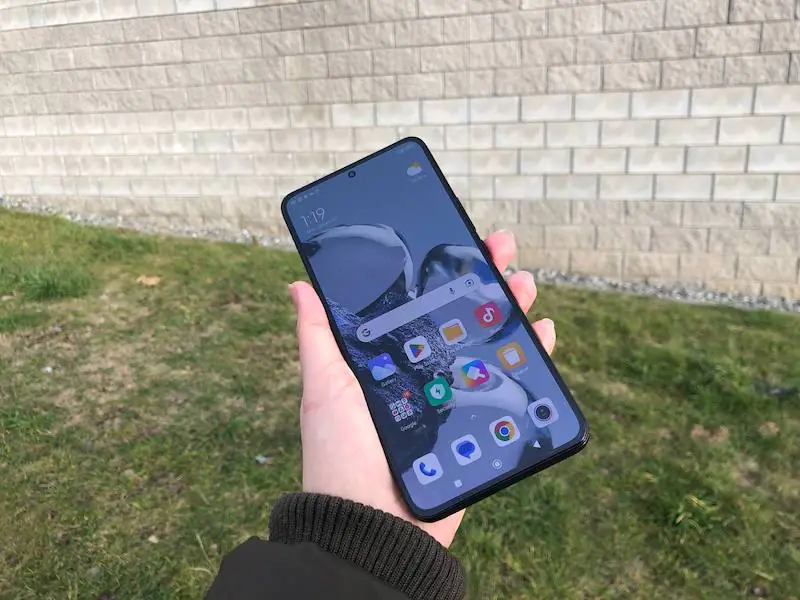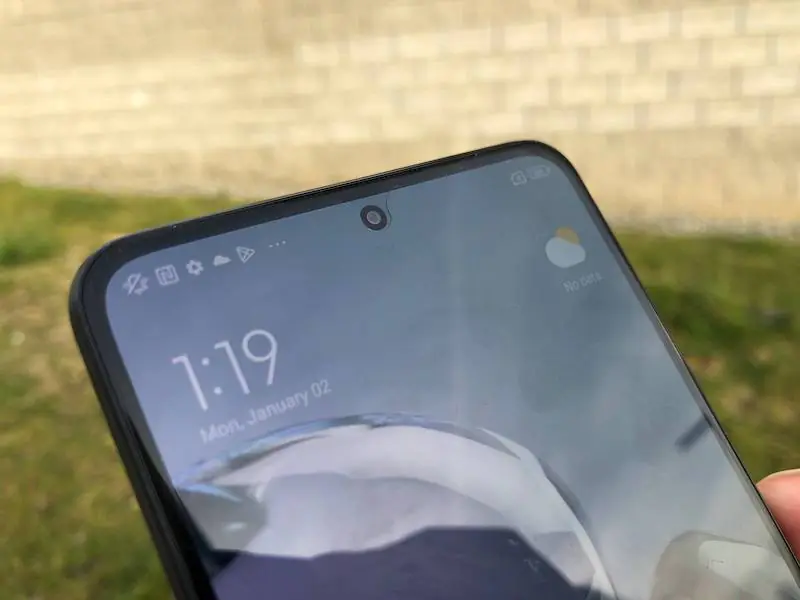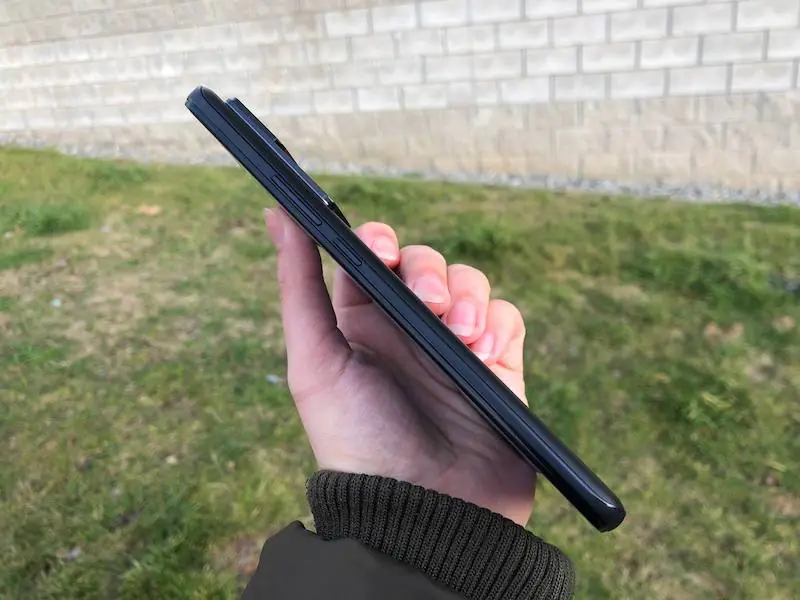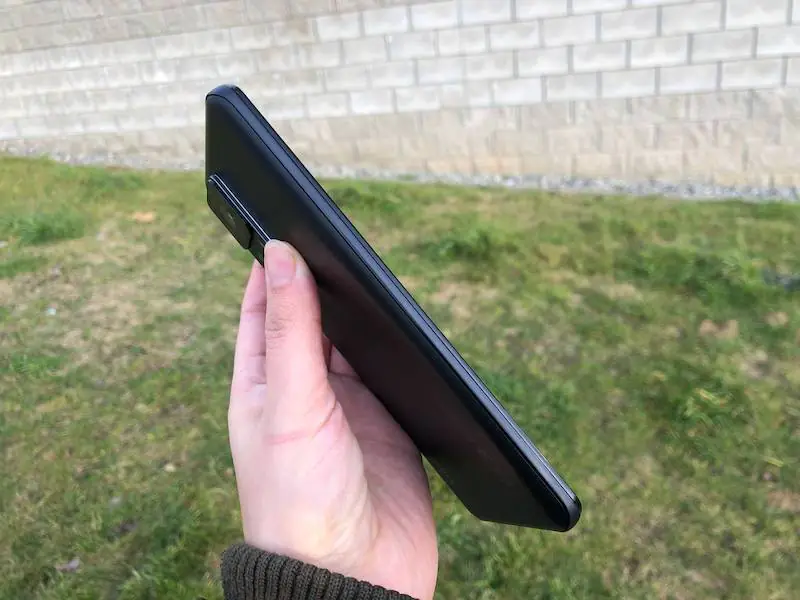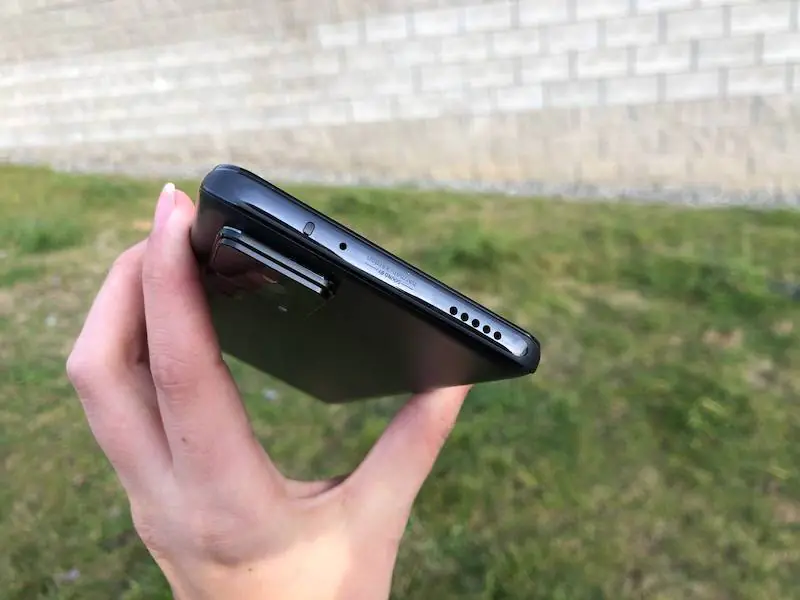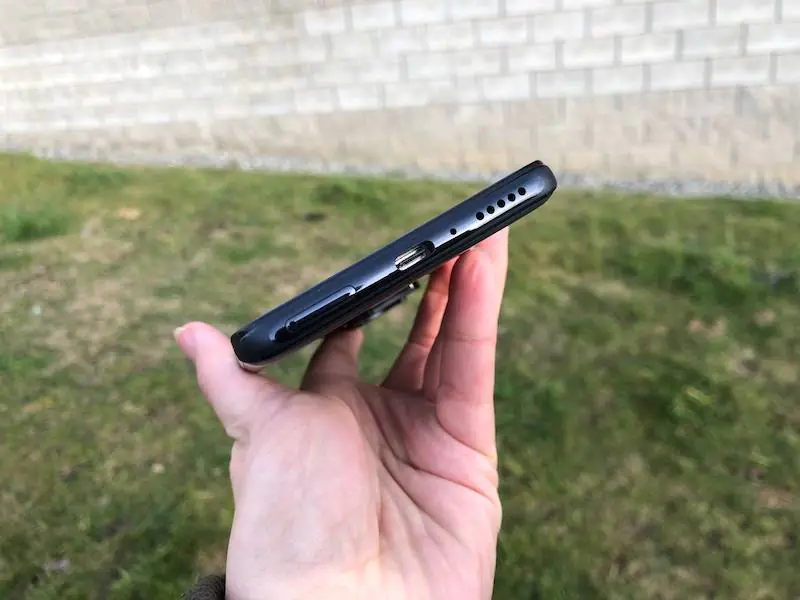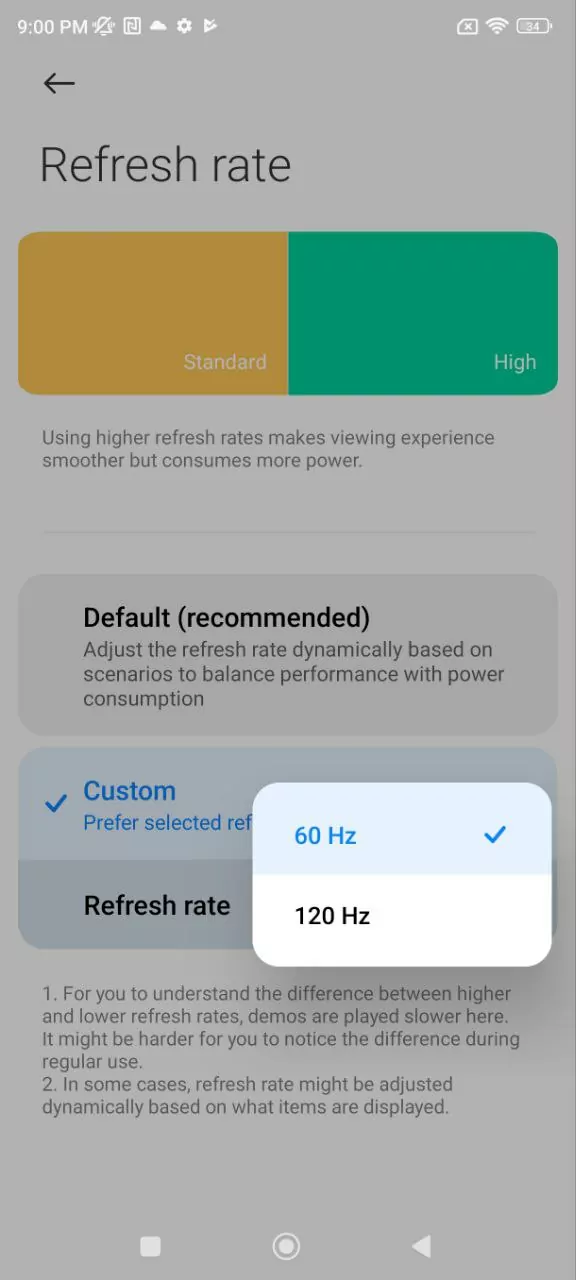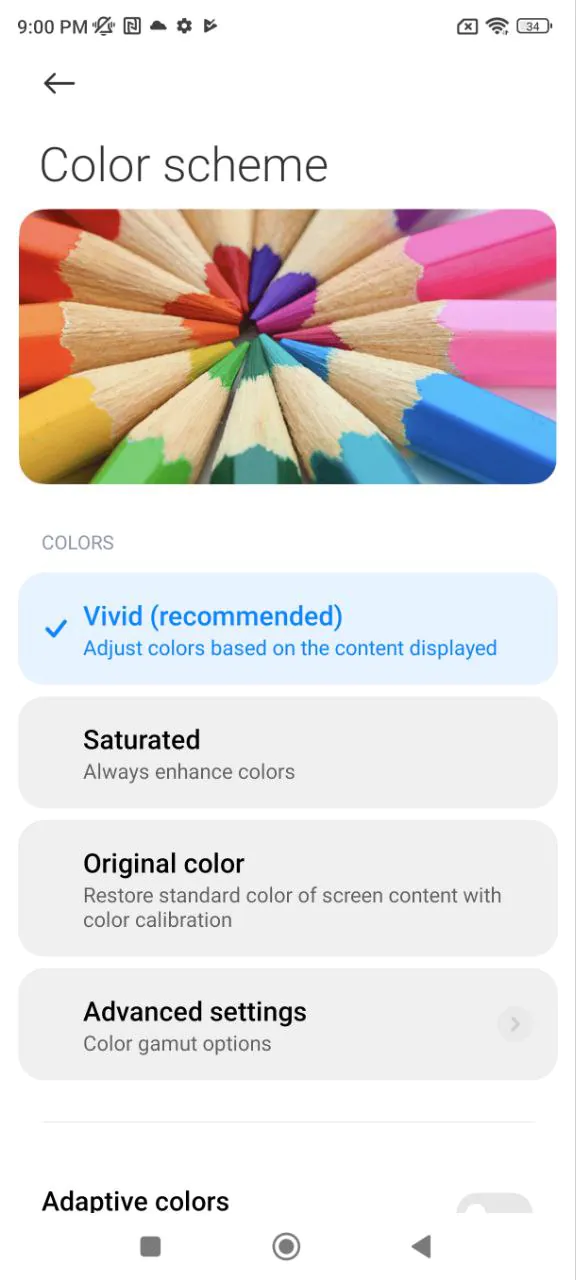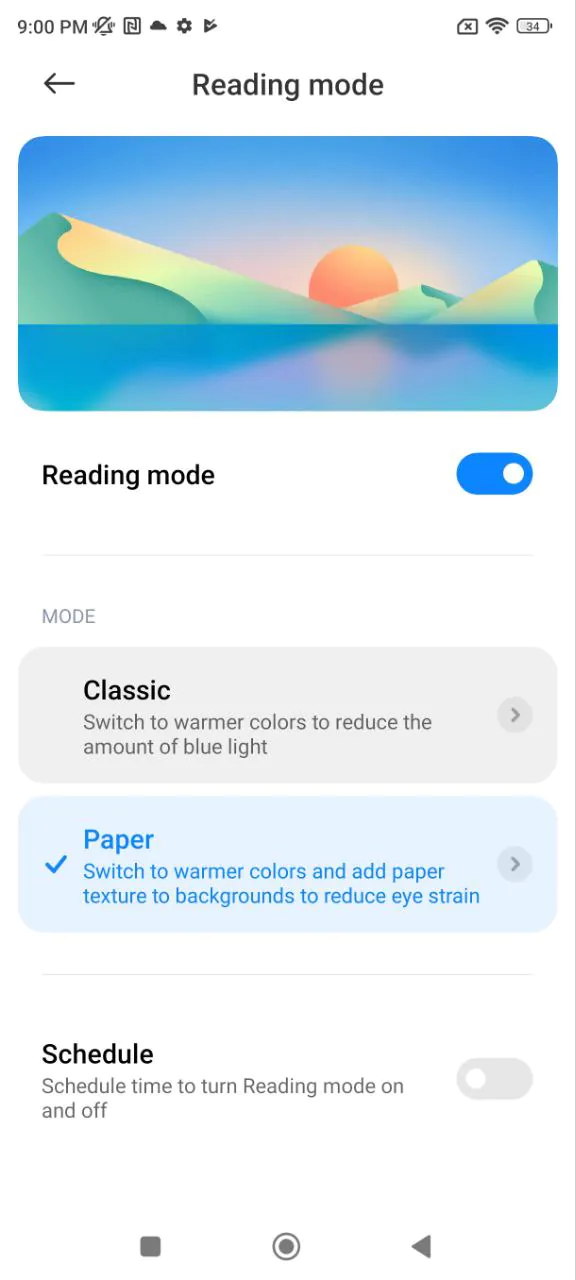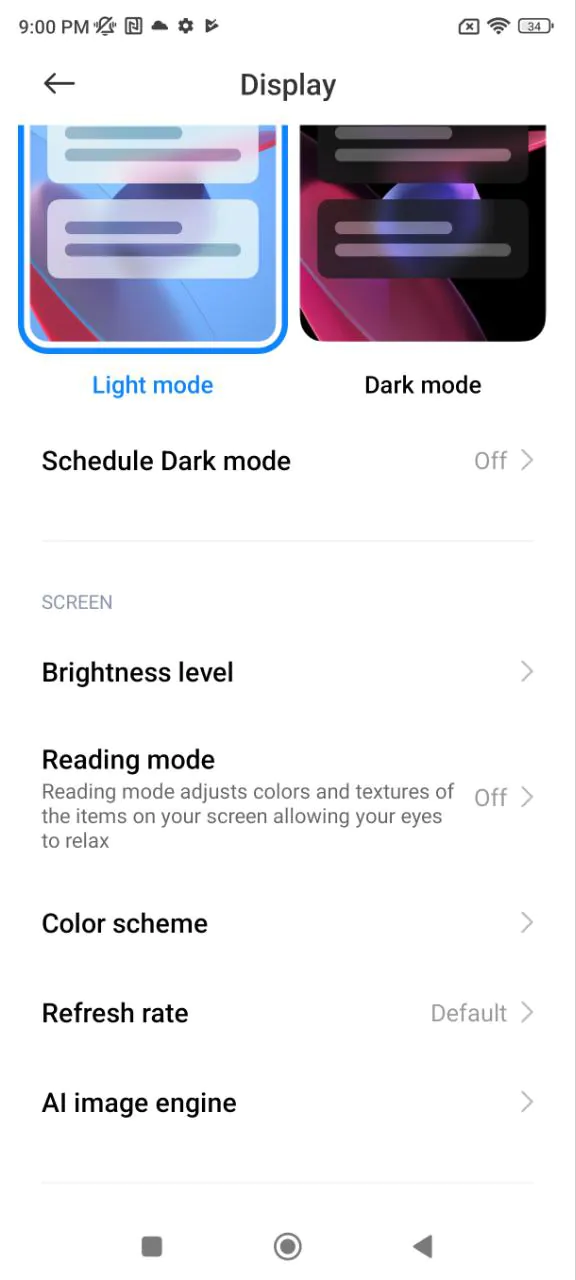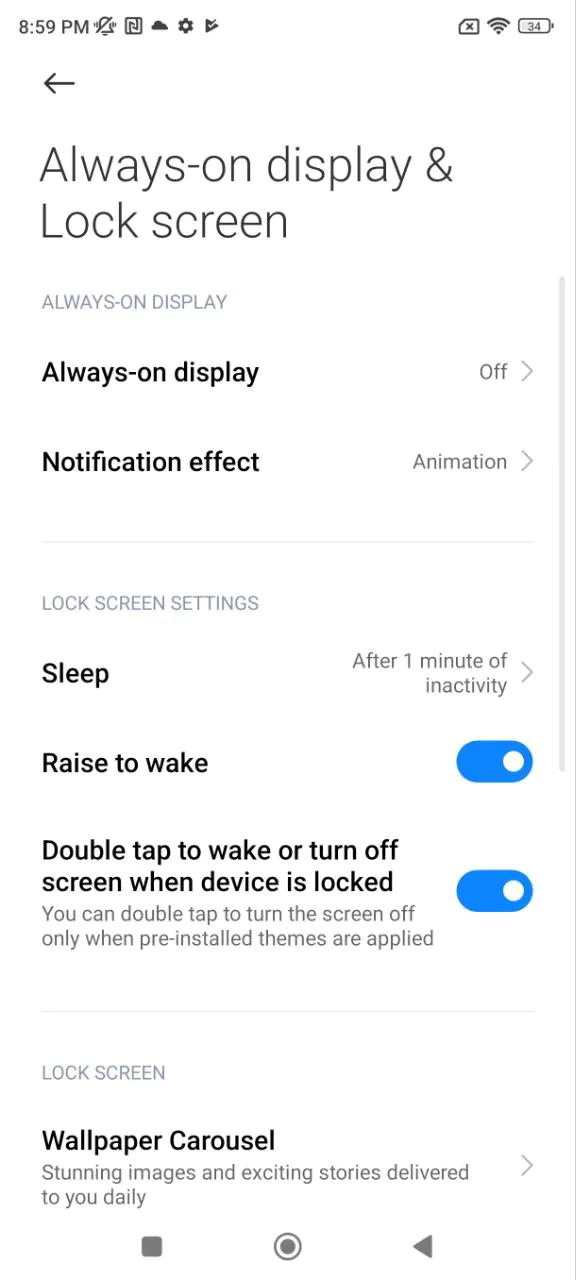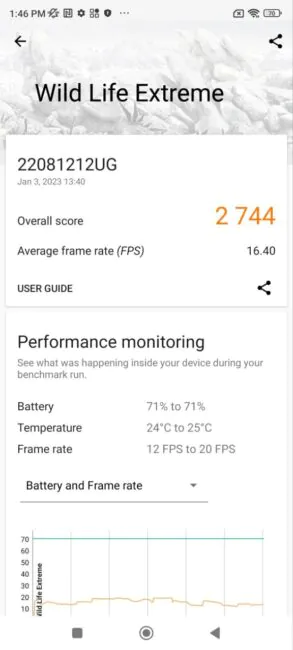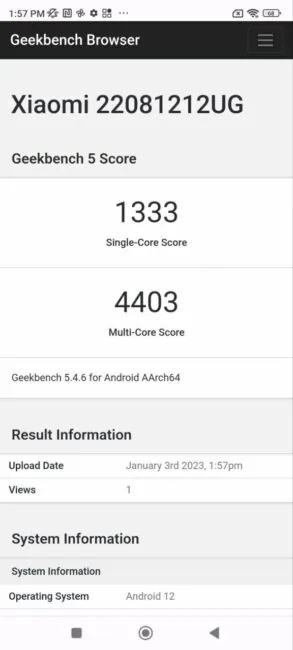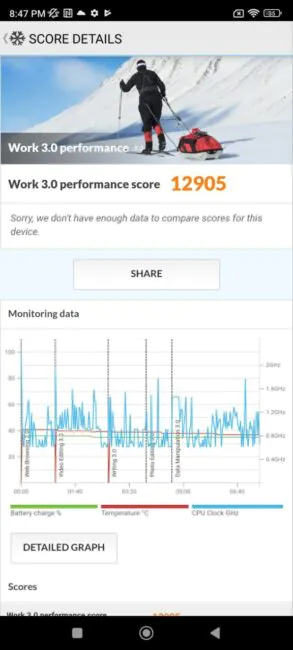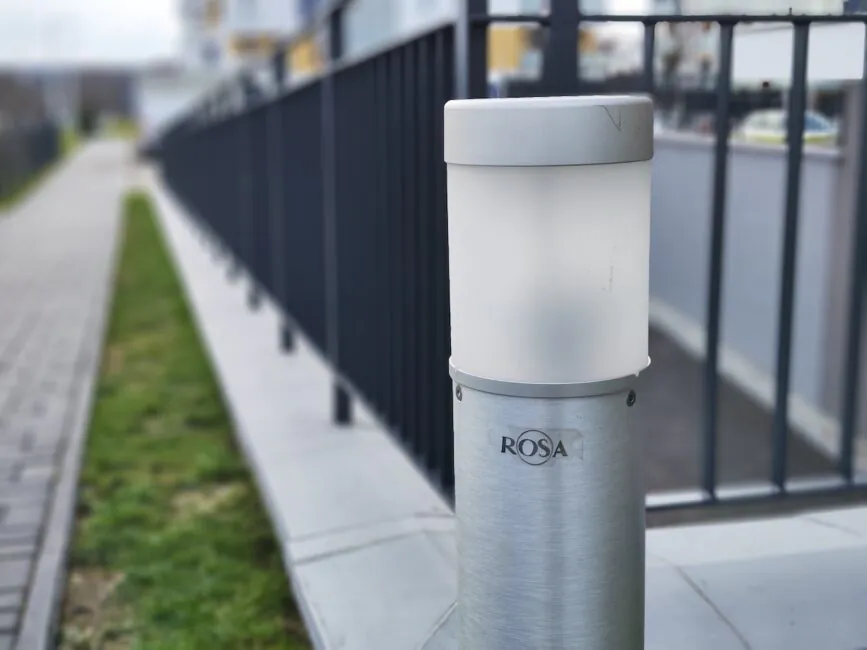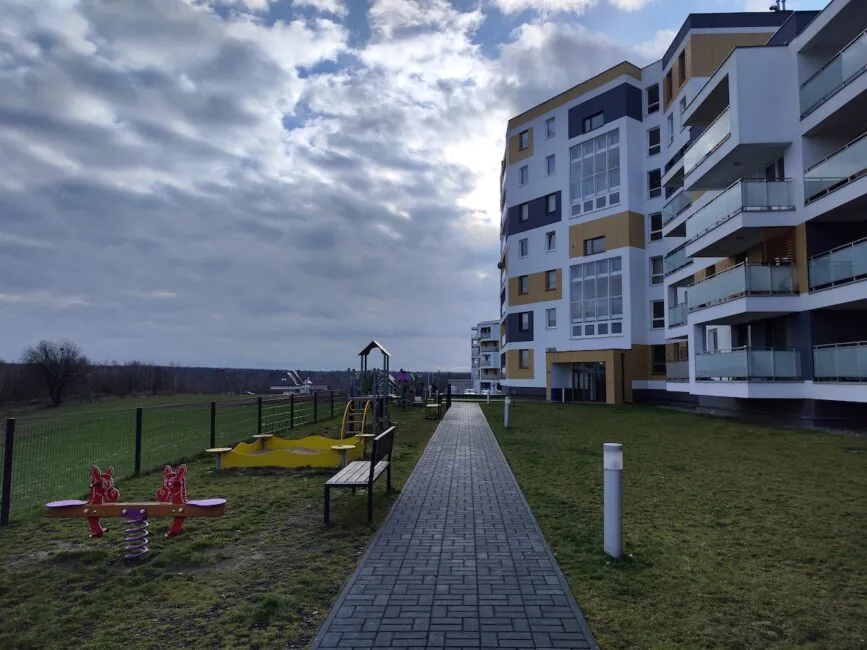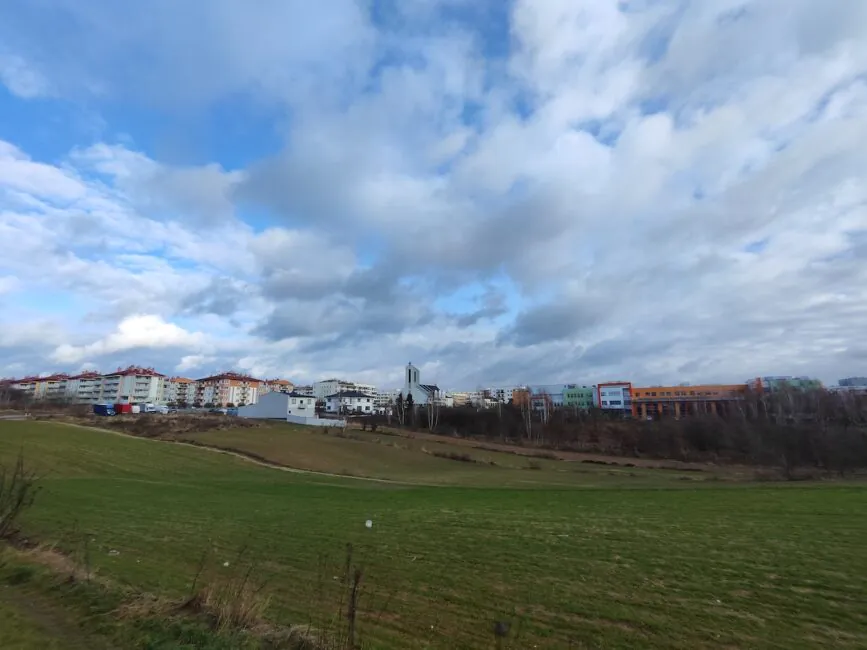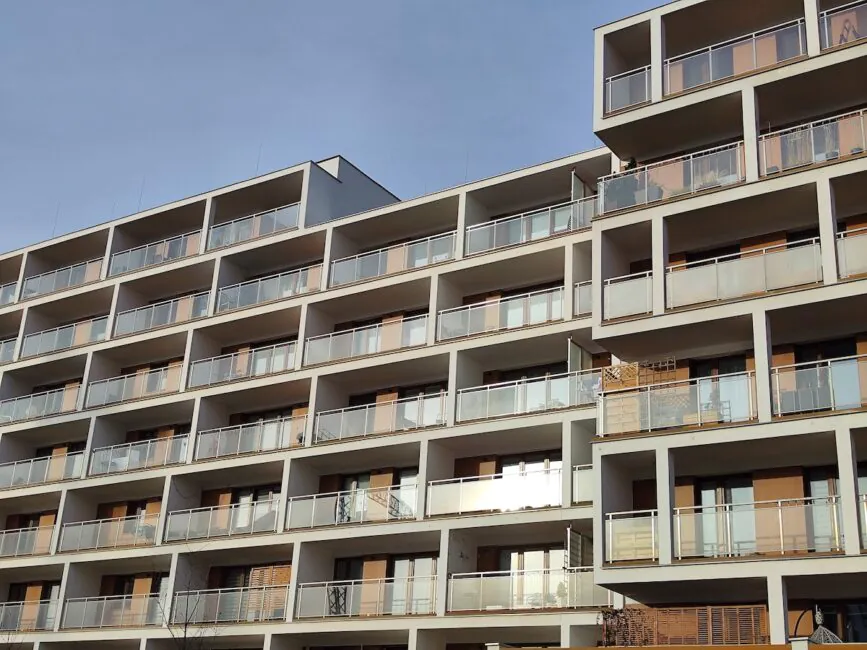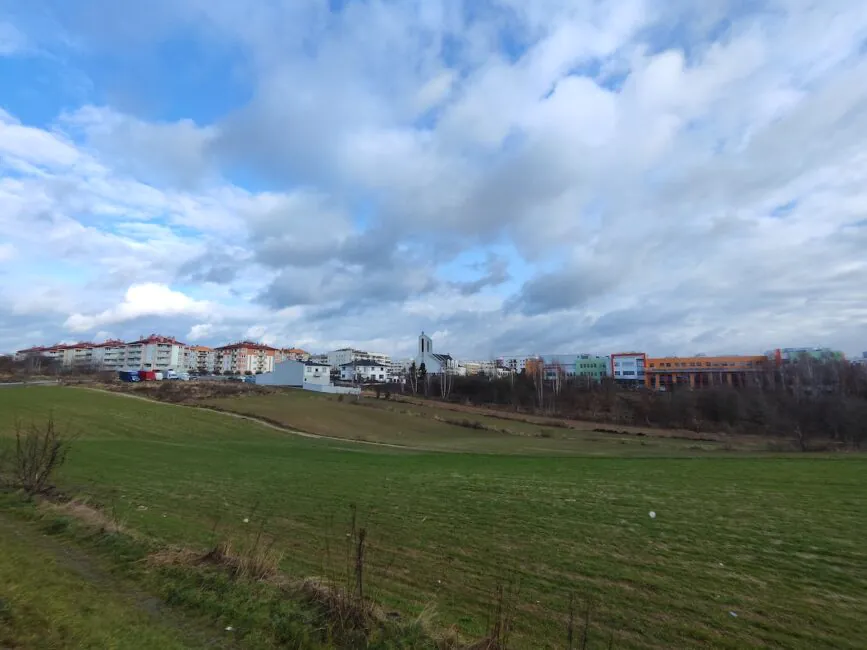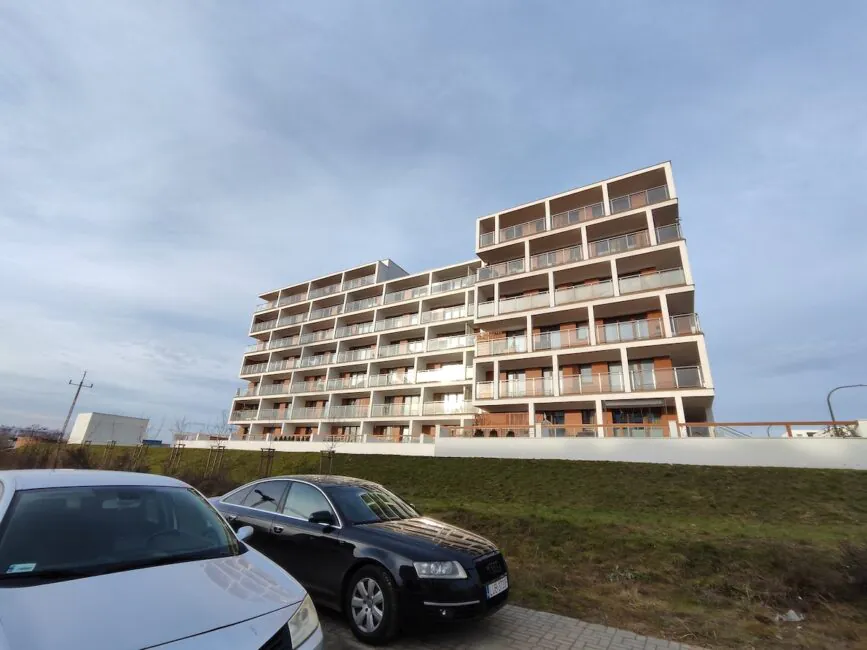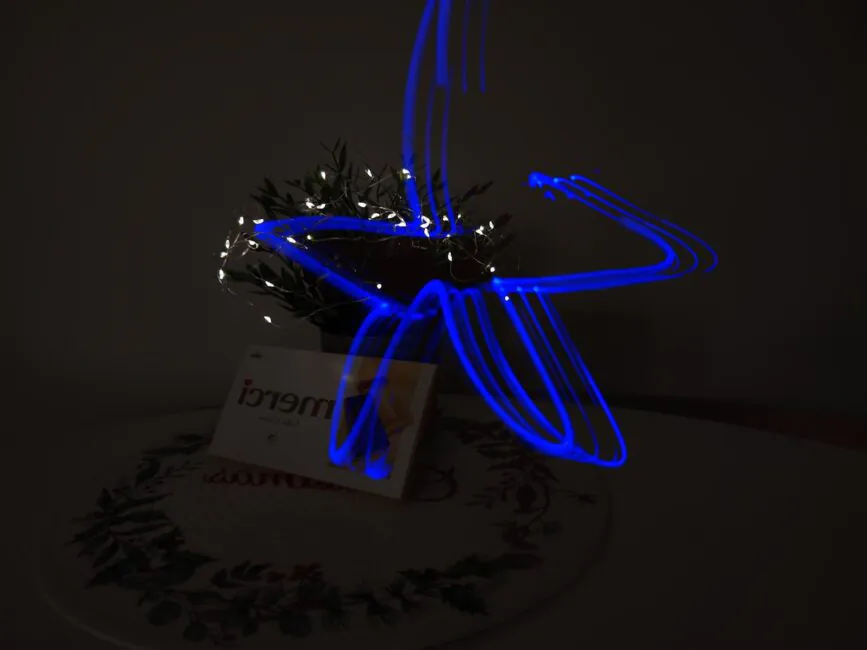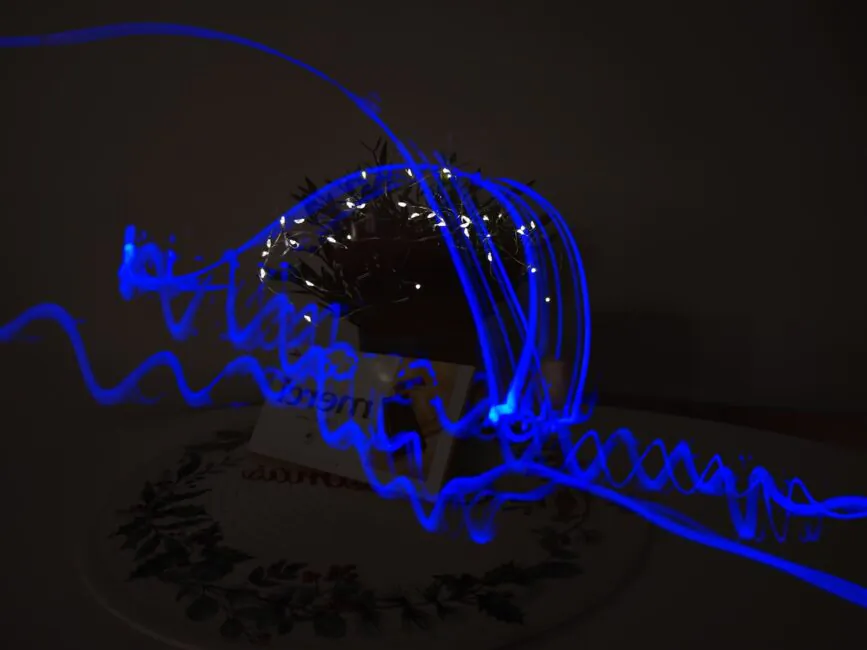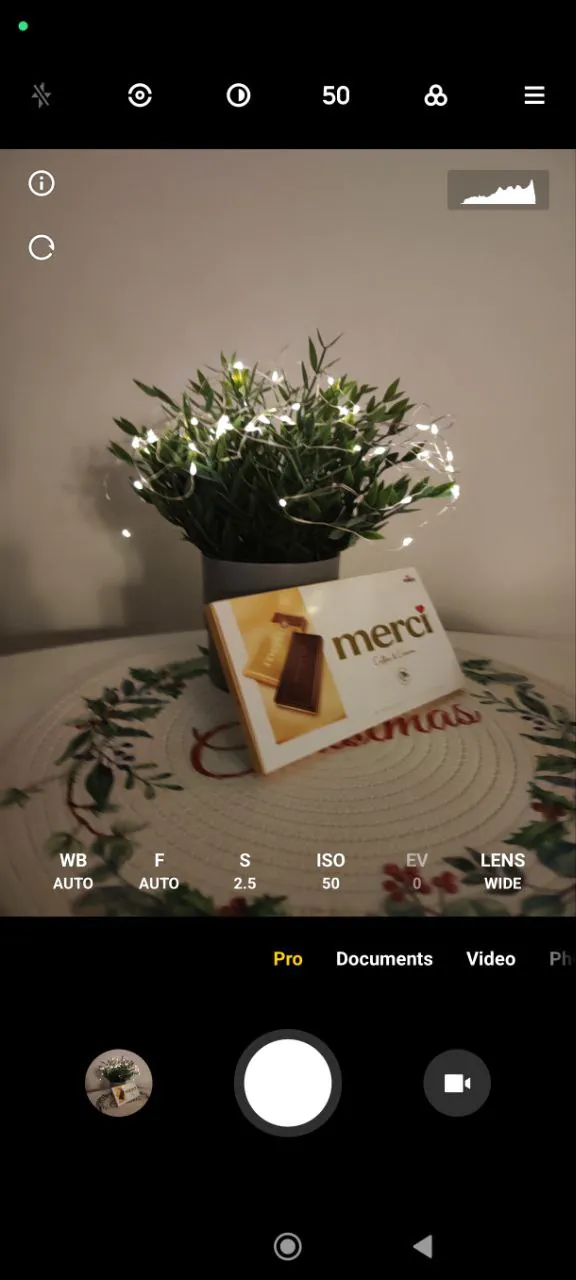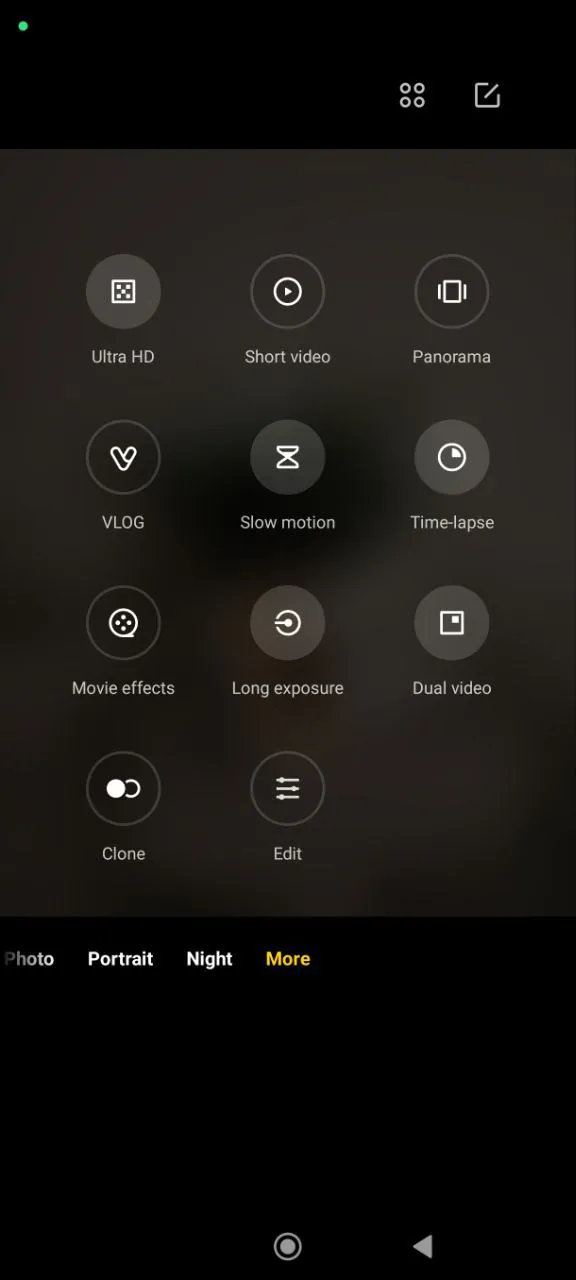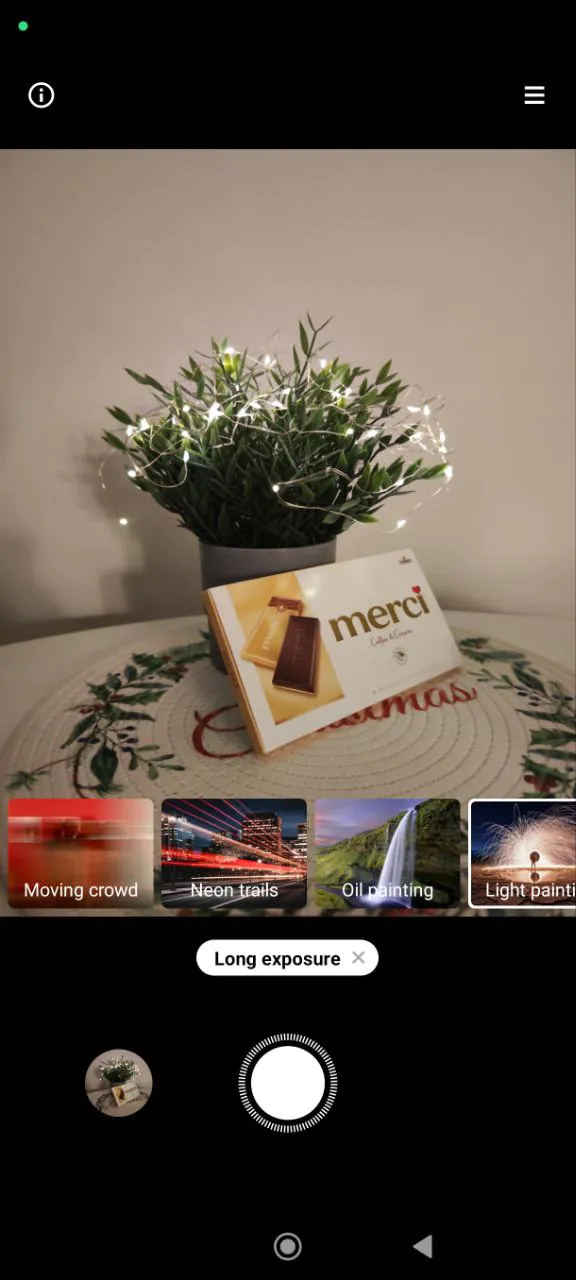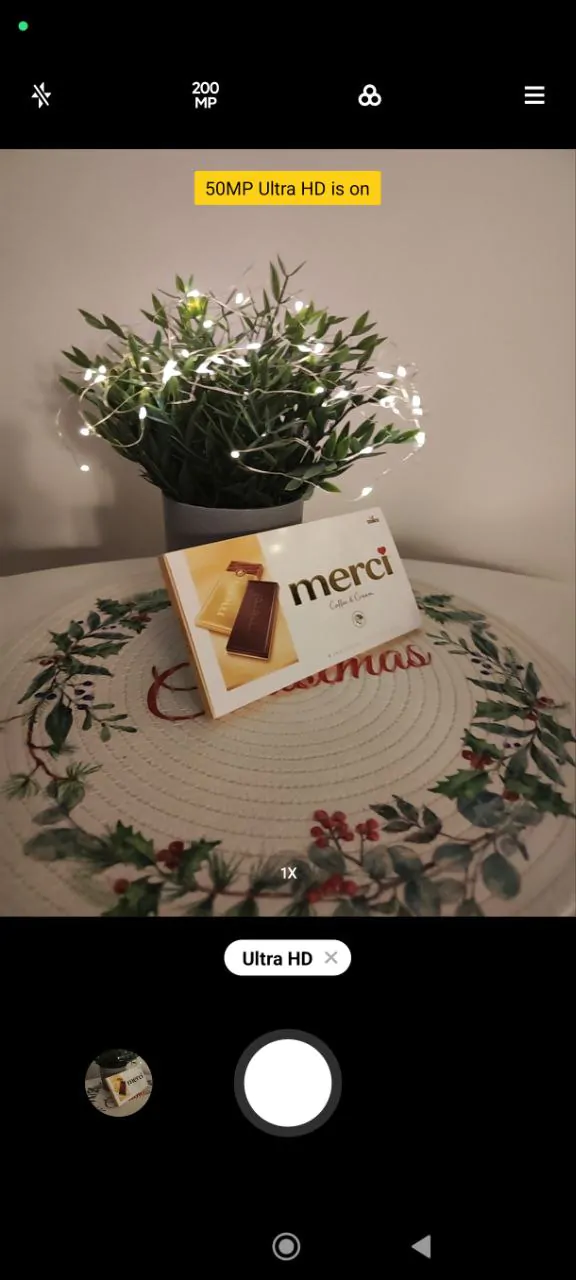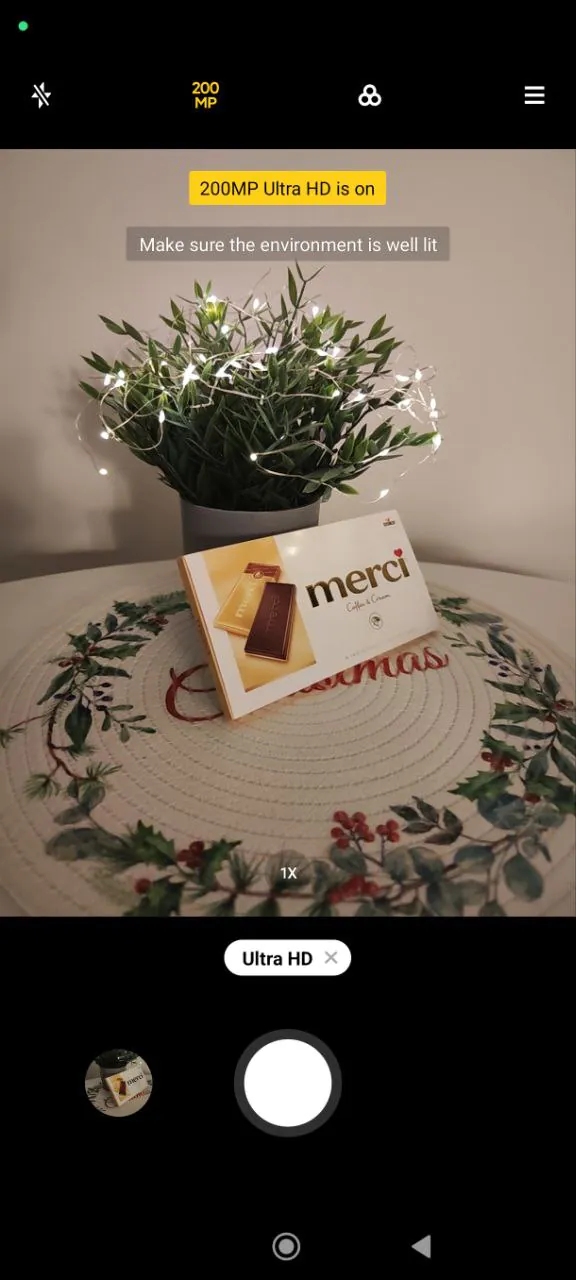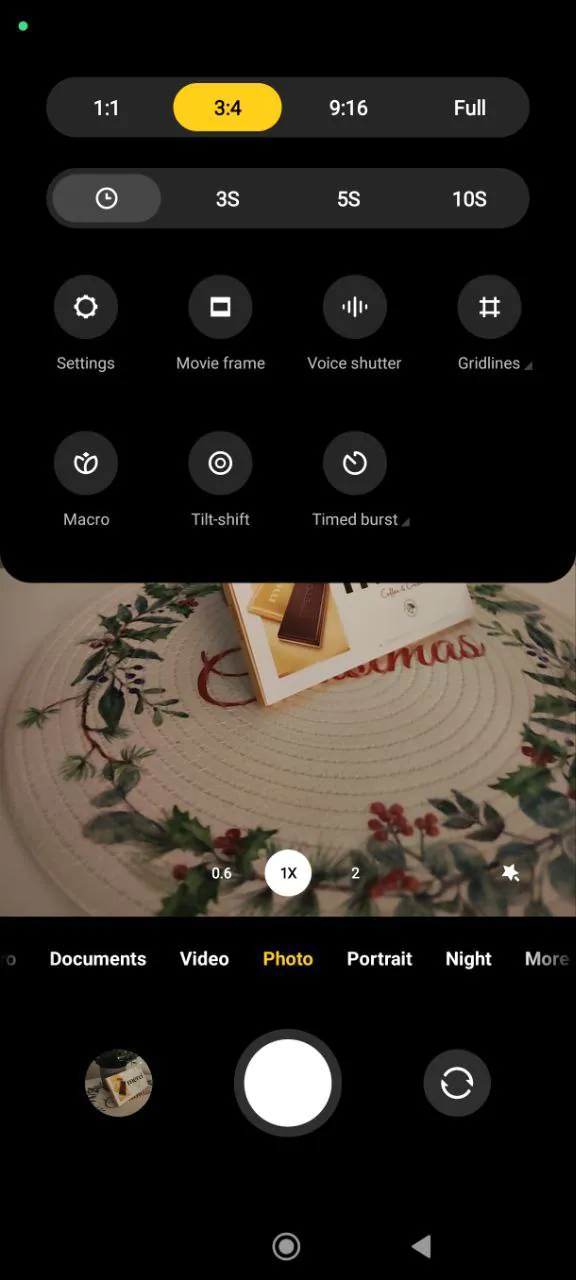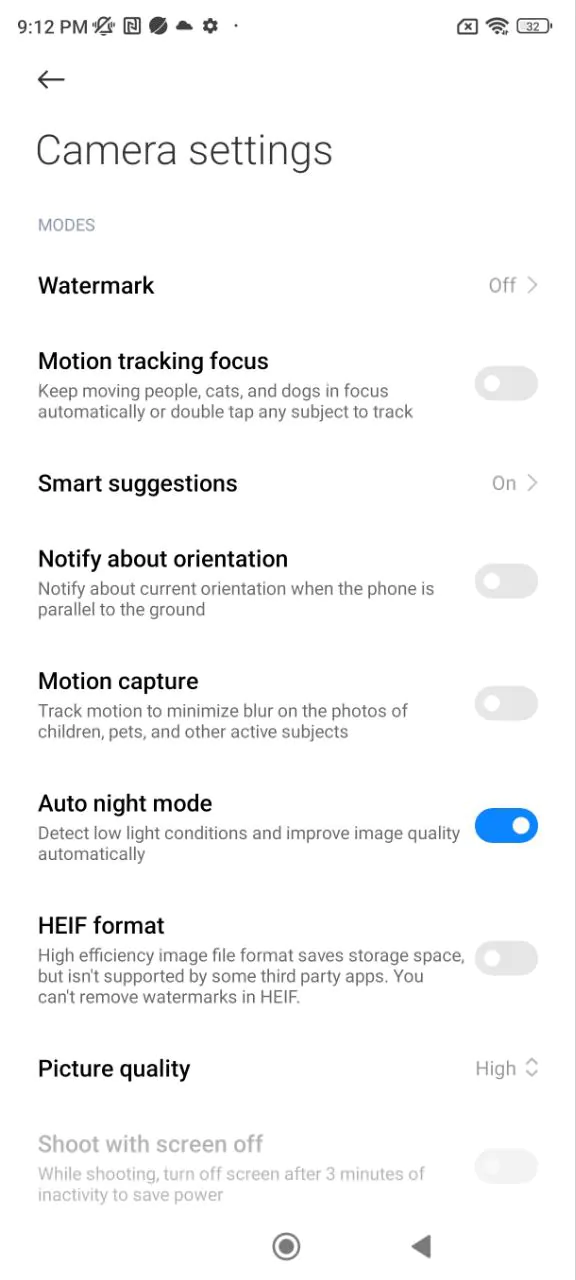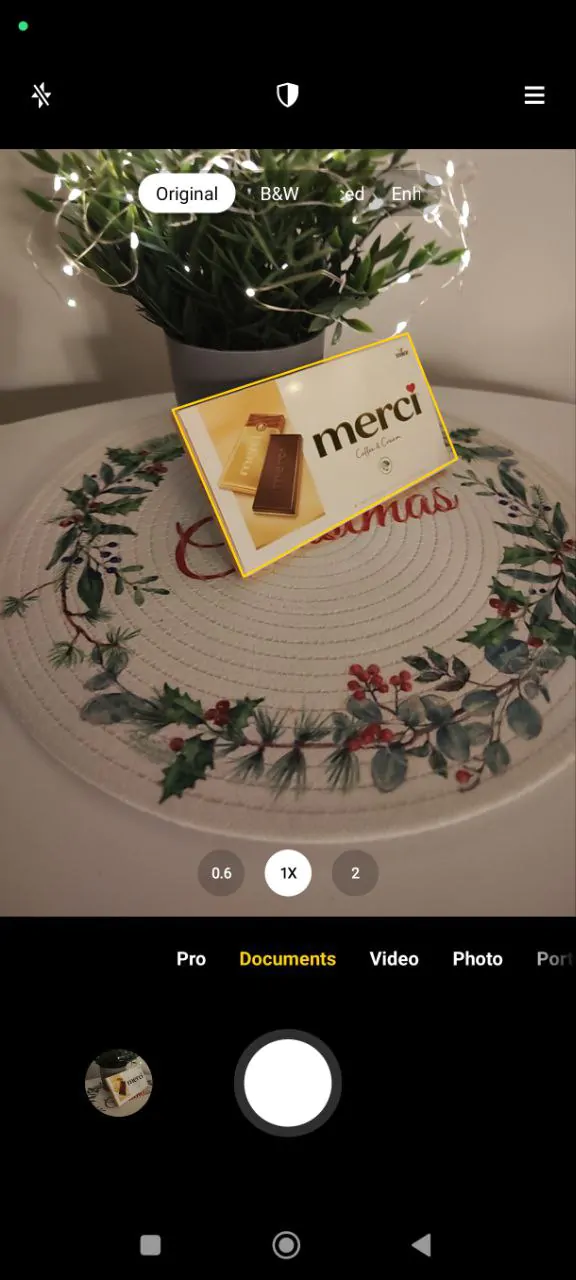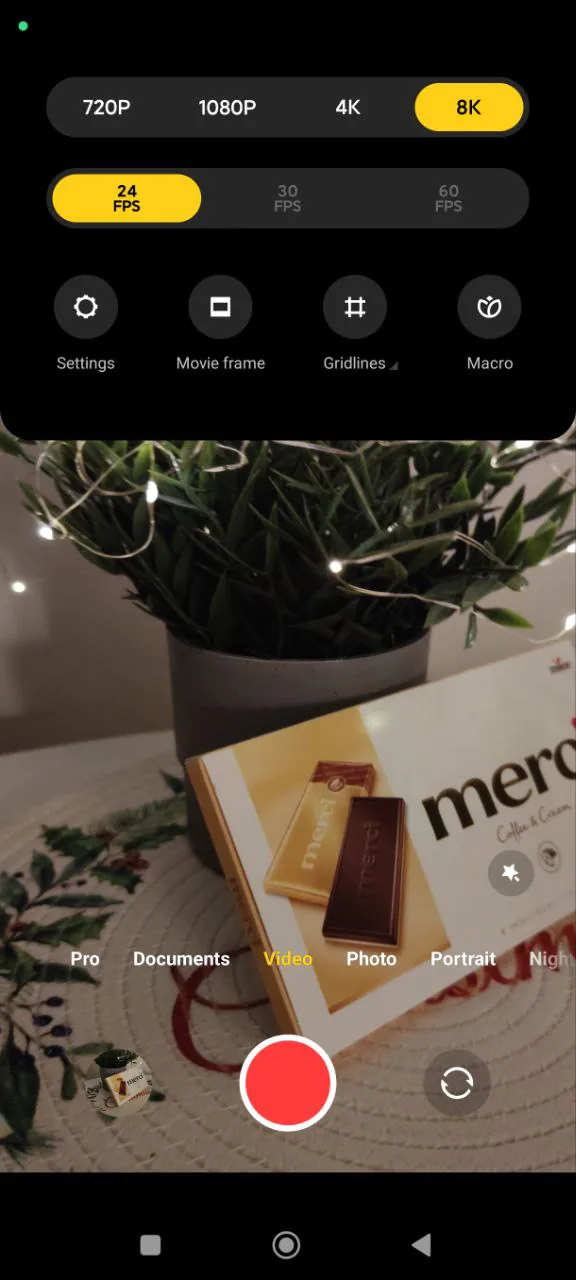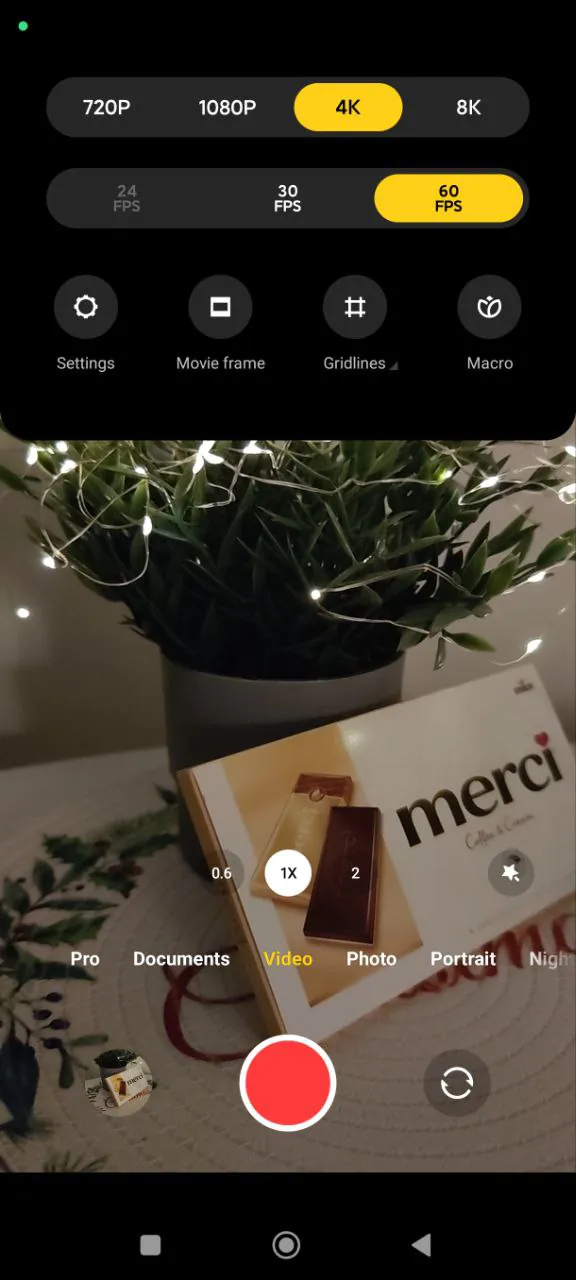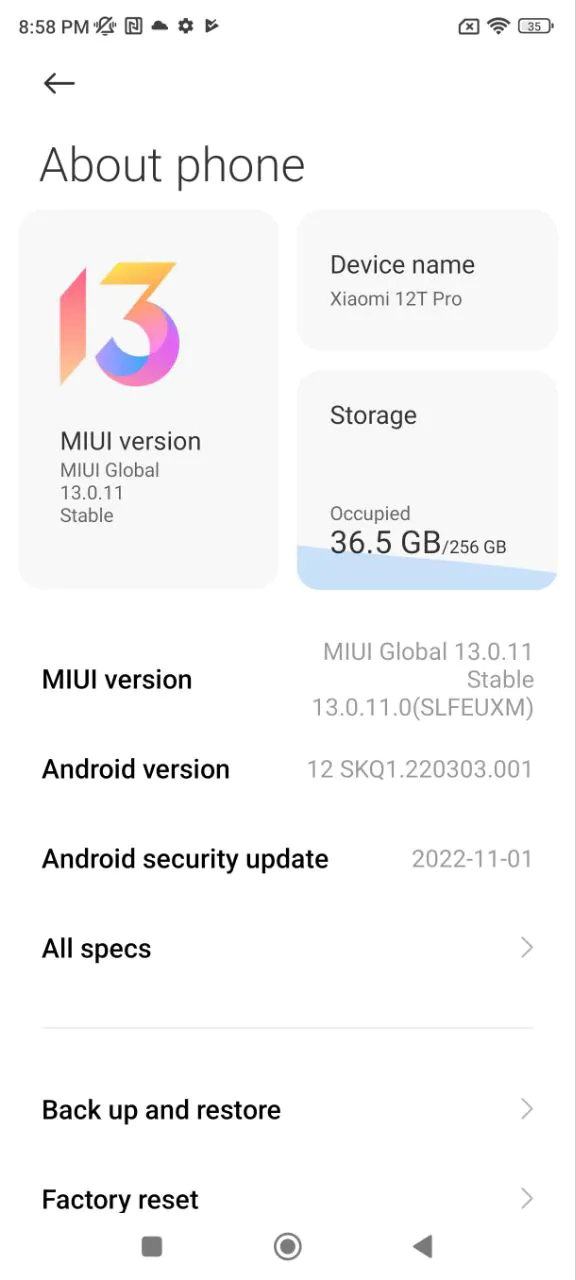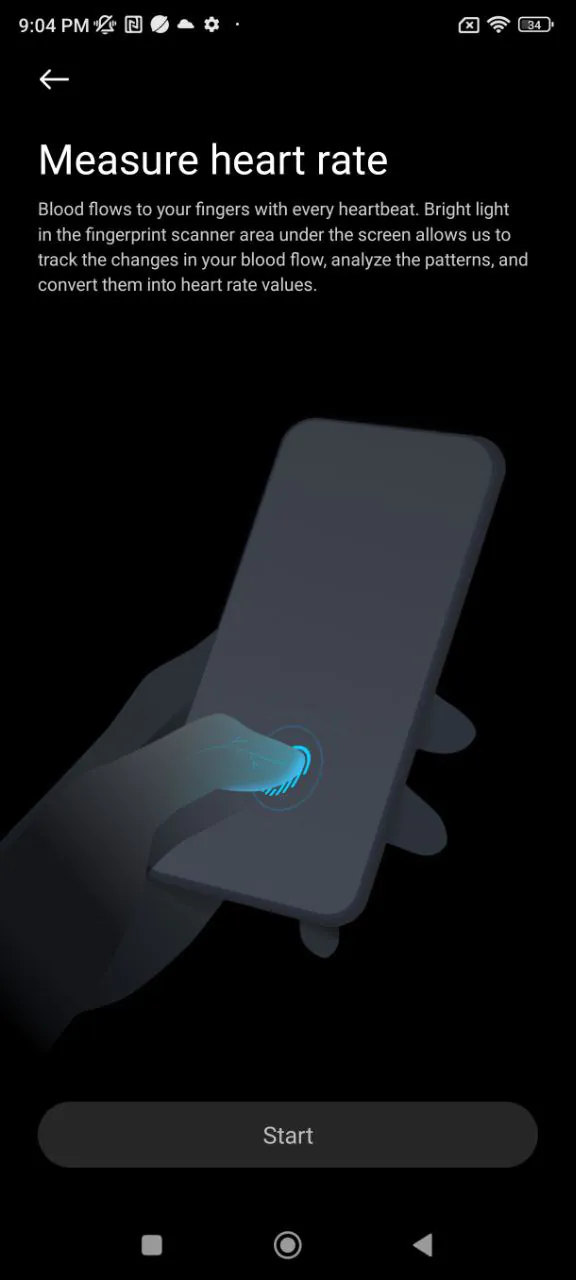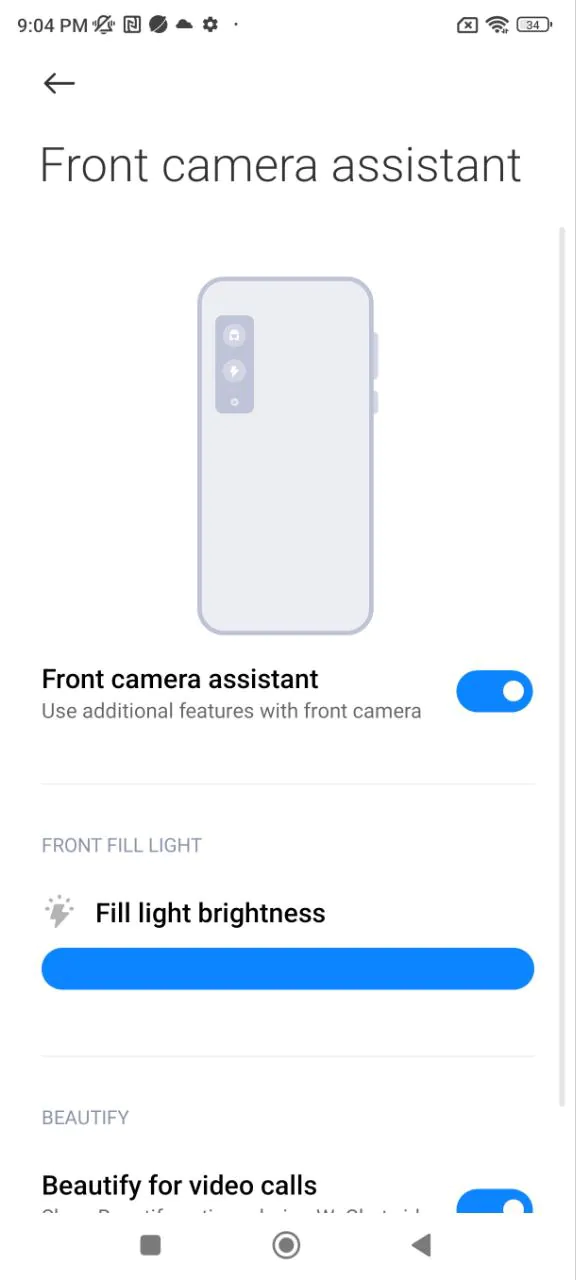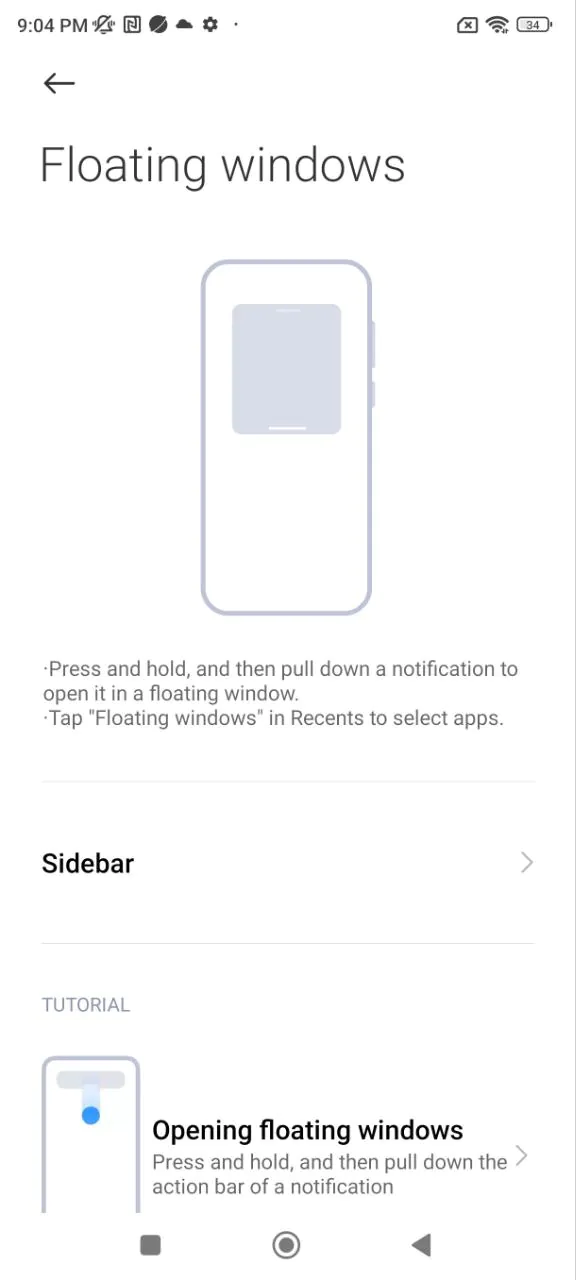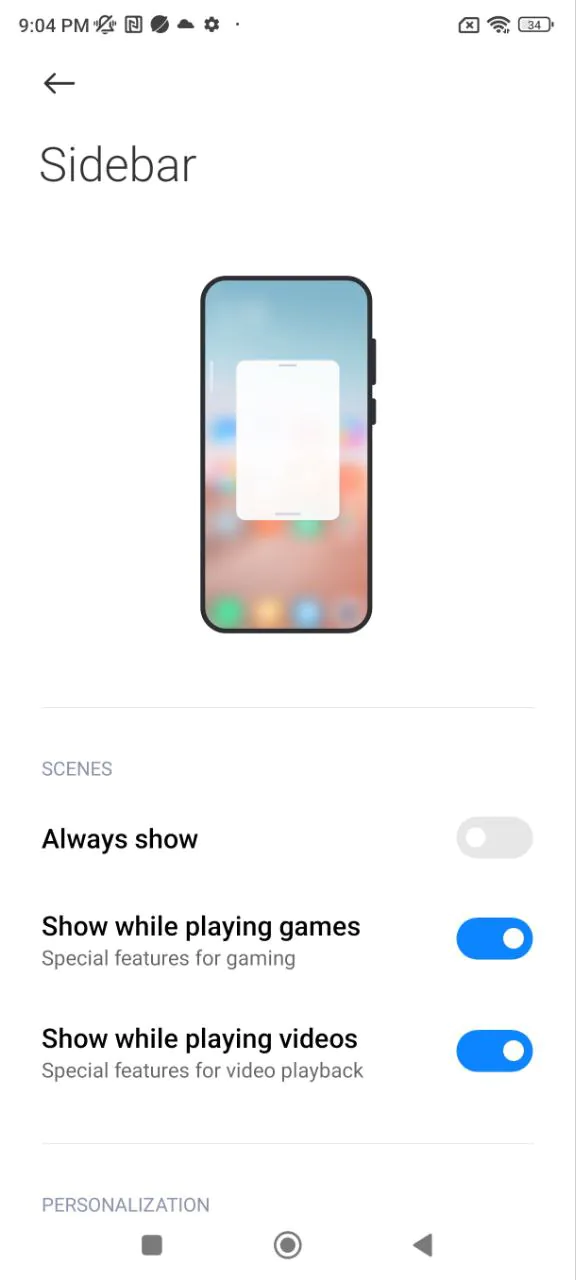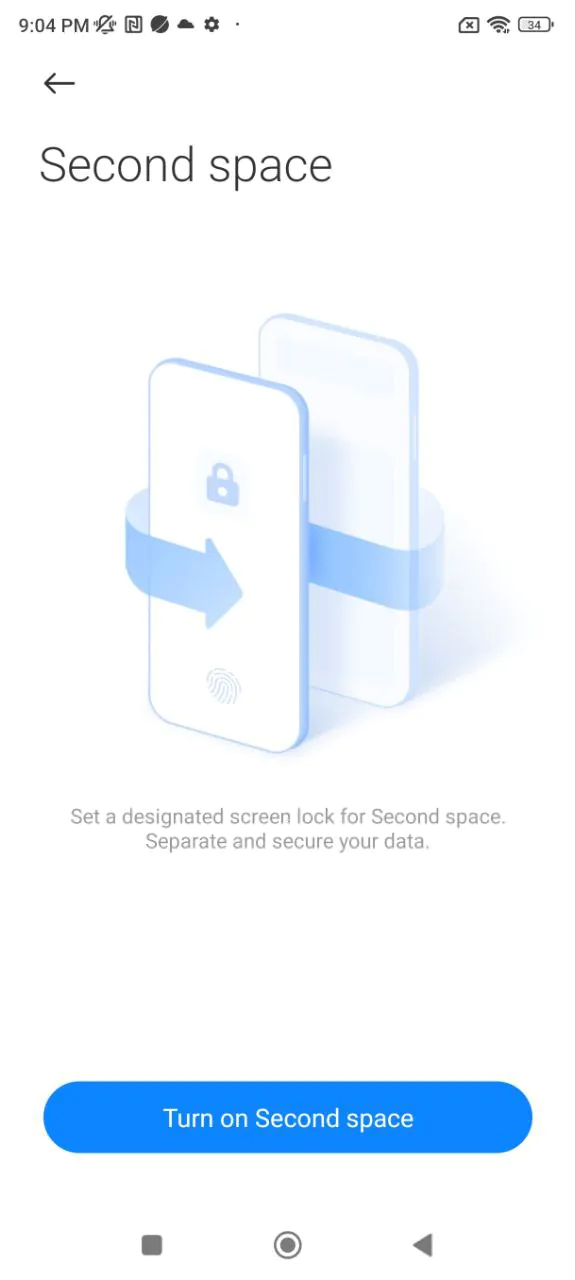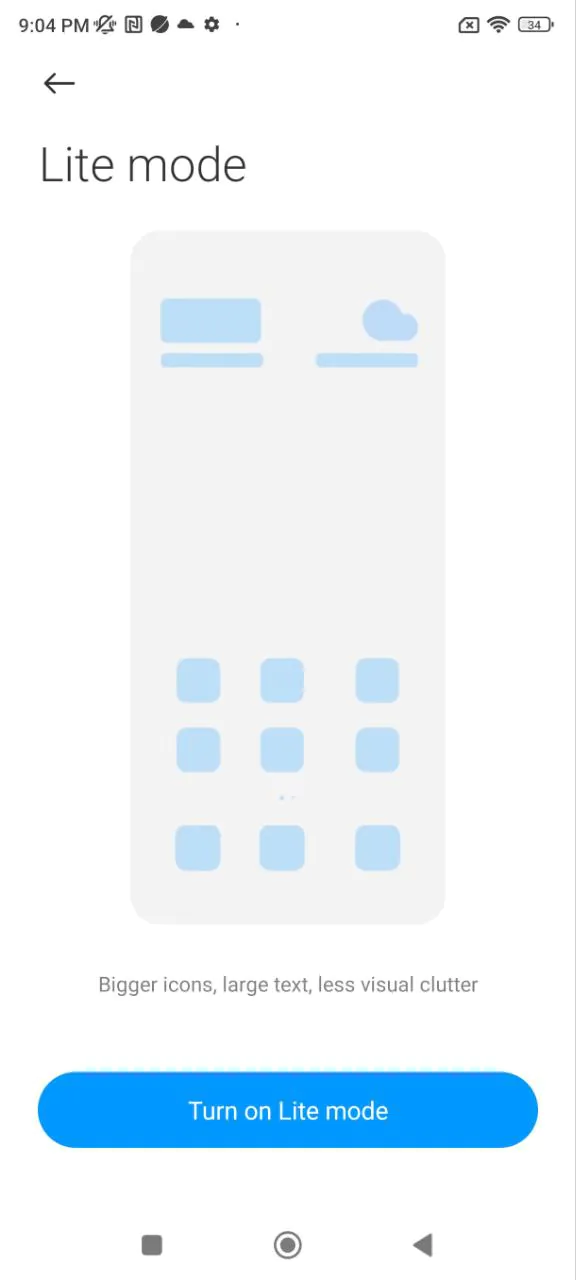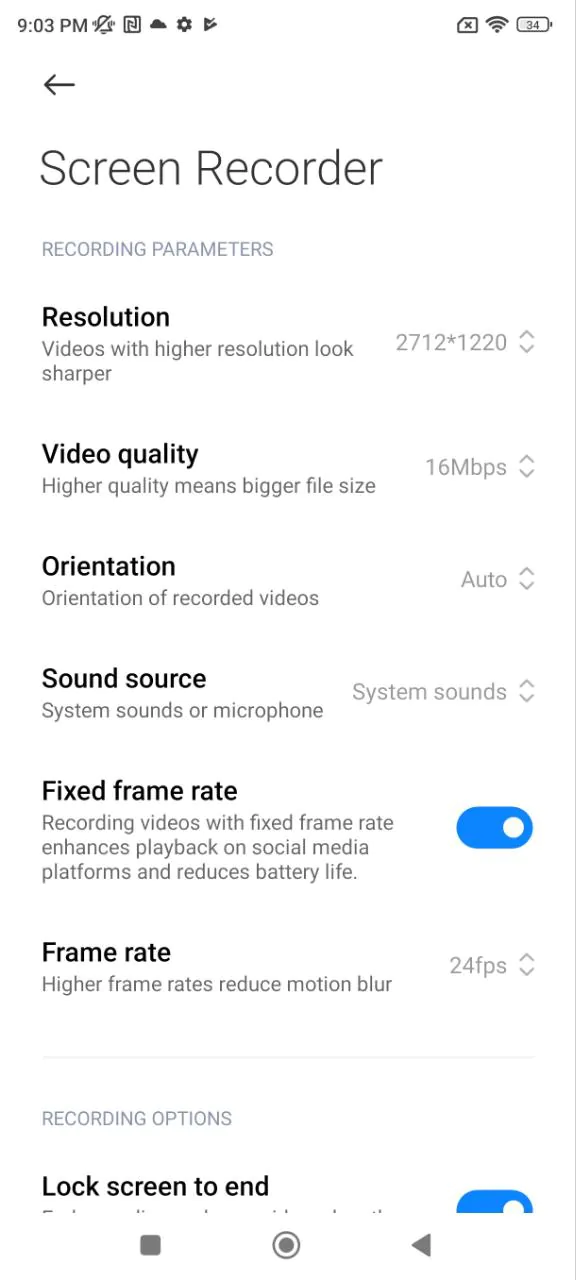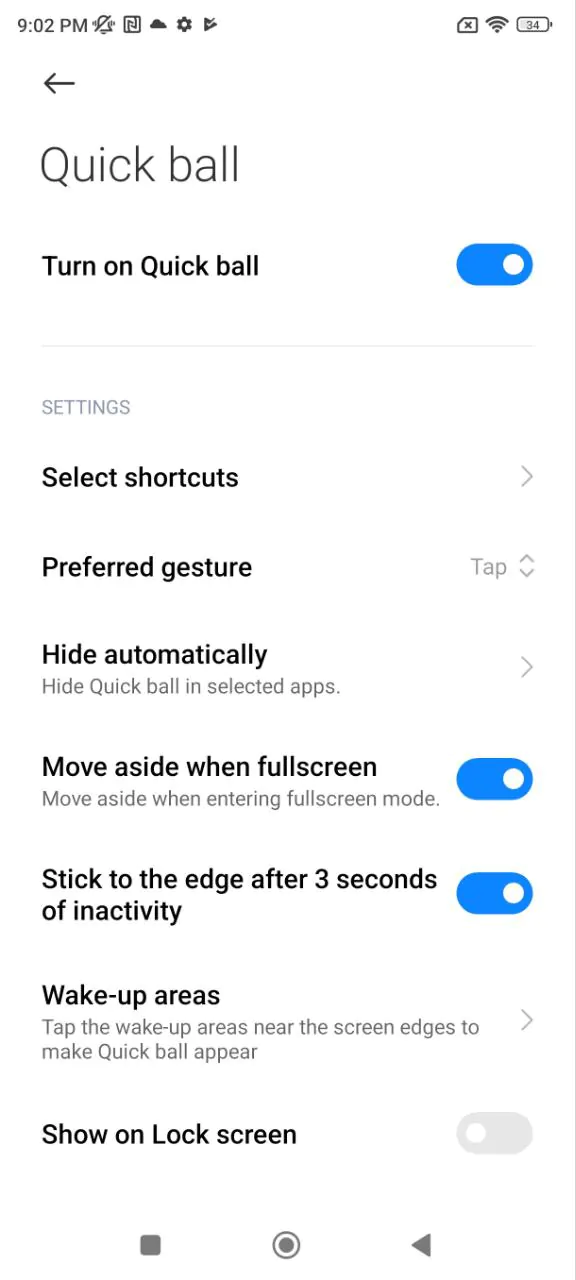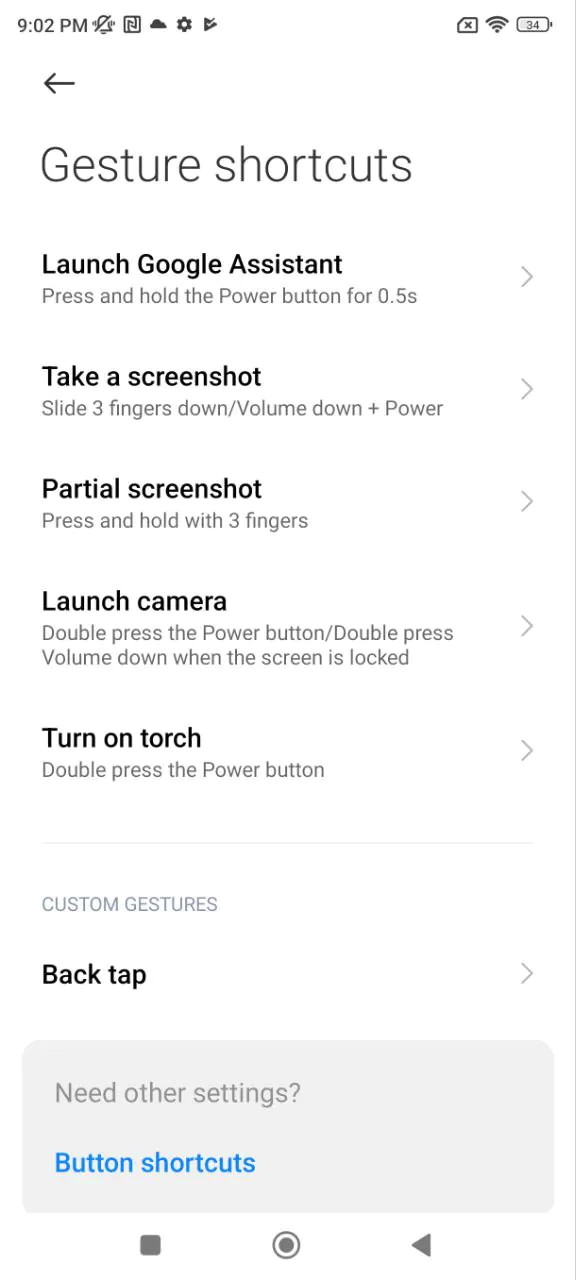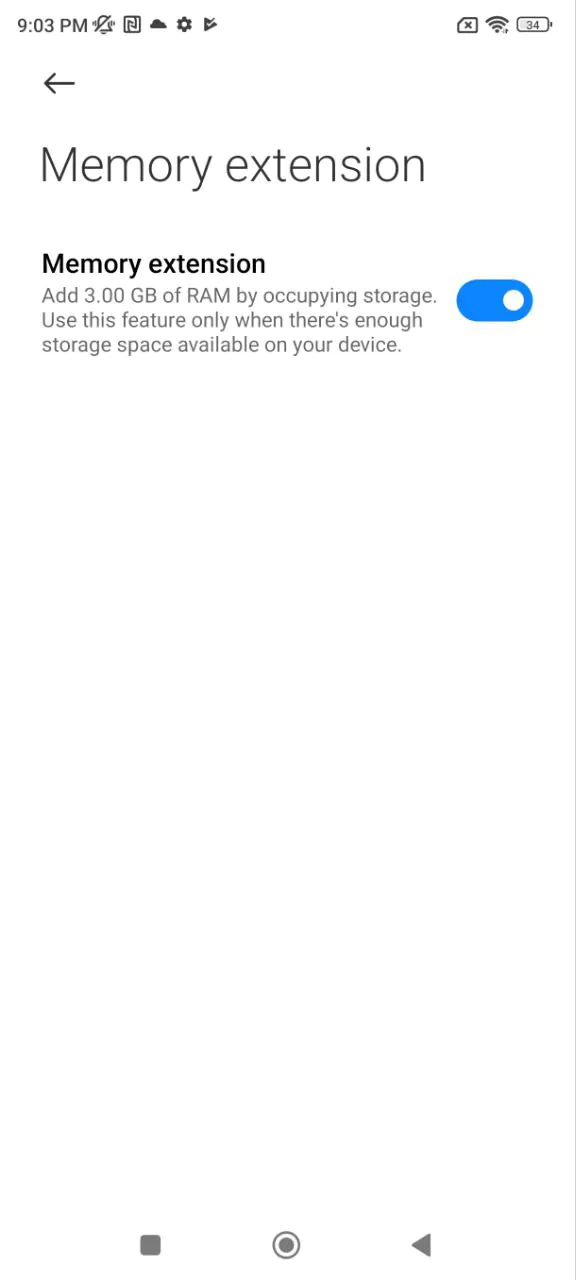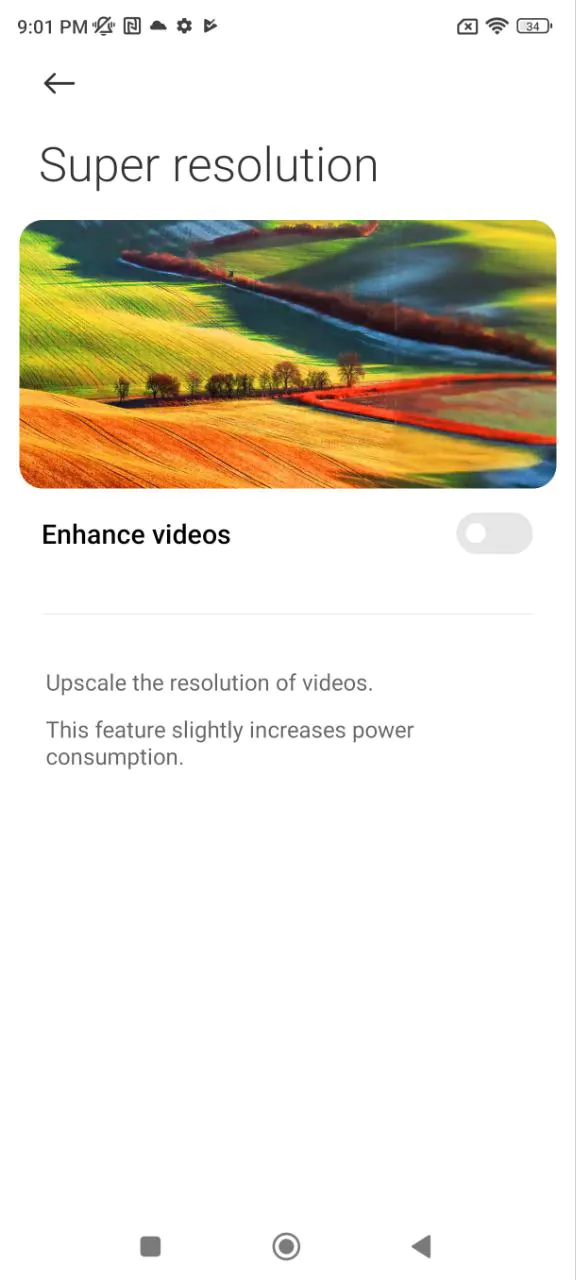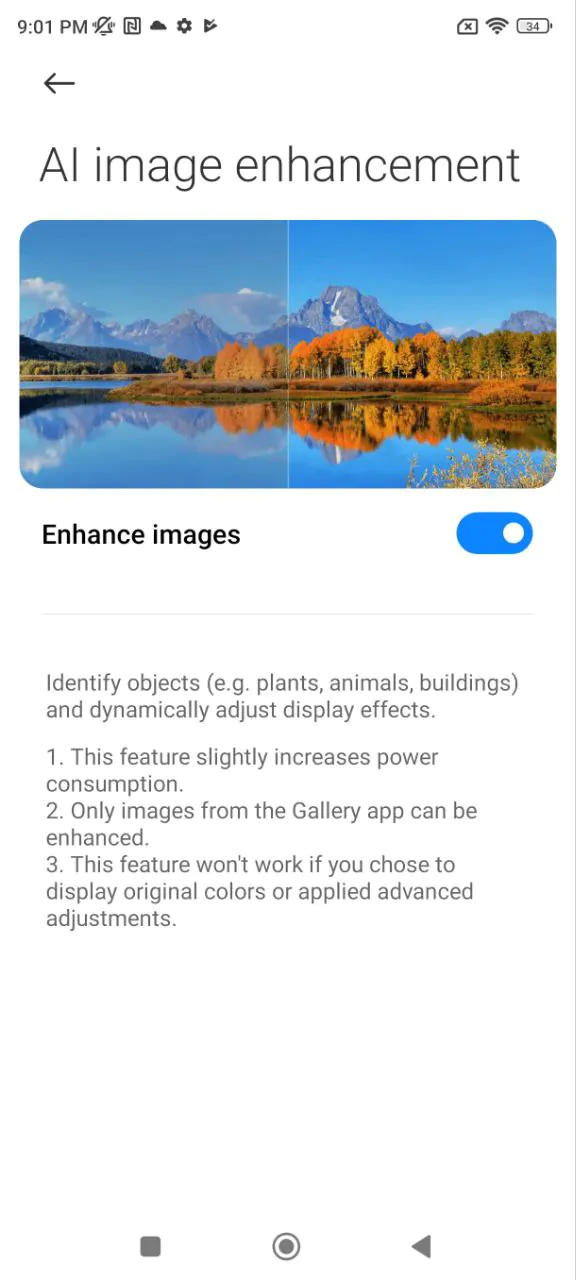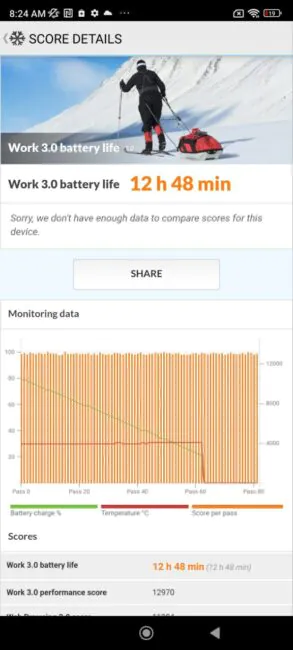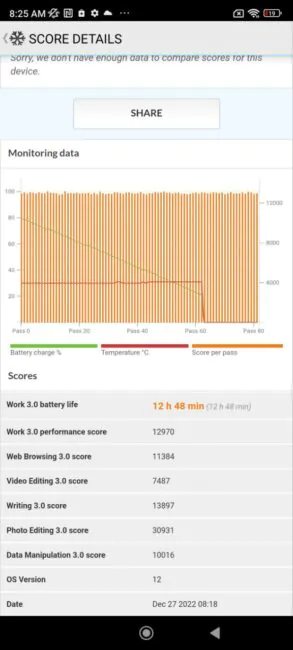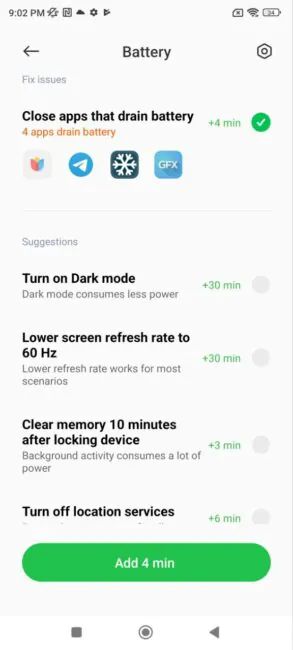© ROOT-NATION.com - Use of content is permitted with a backlink.
After the Xiaomi 12 Lite and 12T reviews, the question “When will Xiaomi 12T Pro get to me for review” was not even on my mind. So let’s move on to another brother in the line of modern Xiaomi smartphones without further ado!
Specifications and price of Xiaomi 12T Pro
- Screen: AMOLED, 6.67 inches, 1220×2712, 20:9 aspect ratio, 120 Hz refresh rate, HDR10+, Corning Gorilla Glass 5
- Processor: Qualcomm SM8475 Snapdragon 8+ Gen 1, Octa-core (1×3.19 GHz ortex-X2 & 3×2.75 GHz Cortex-A710 & 4×2.0 GHz Cortex-A510)
- Video accelerator: Adreno 730
- Memory: 8/12 GB OF RPU, 128/256 GB OF UFS 3.1 STORAGE
- Battery: 5000 mAh, 120W fast charging
- Main camera: 108 megapixels, f/1.7, 1/1.67″, 0.64µm, PDAF, OIS + 8 megapixel wide-angle lens, f/2.2, 120˚, 1.12µm + 2 megapixel macro, f/2.4
- Front camera: 20 megapixels, f/2.2, 1/3.47″, 0.8µm
- Data transmission: LTE, 5G (n1/3/5/7/8/20/28/38/40/41/66/77/78), NFC, Wi-Fi 802.11 a/b/g/n/ac/6, Bluetooth 5.3, GPS (A-GPS), GLONASS, BDS, GALILEO, QZSS, NavIC
- OS: Android 12
- Dimensions and weight: 163.1 × 75.9 × 8.6 mm, 205 g
- Price: about $800
Package contents
In the box with the phone you will find a USB-C cable, an extremely powerful 120 W charger, a quick start guide, and a silicone case. As a practical person, I appreciated all of this.
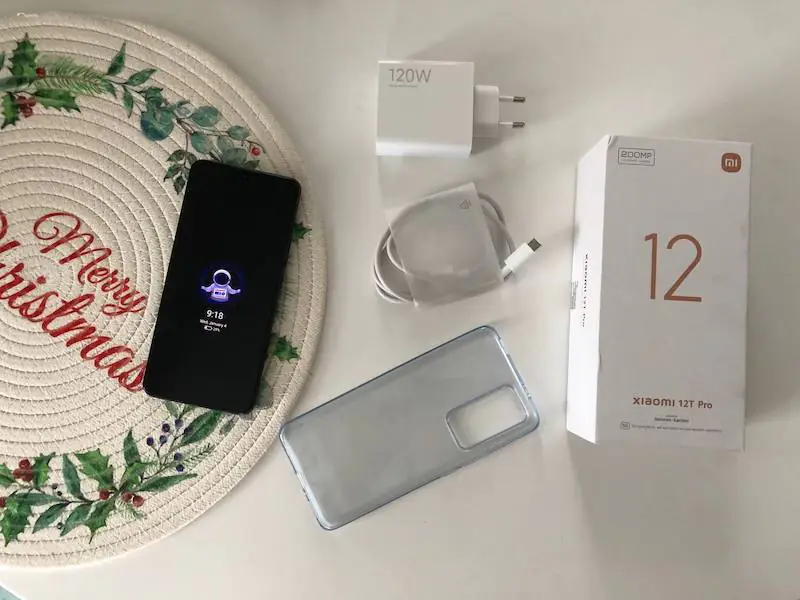
Xiaomi’s 12T series is positioned as a “flagship killer,” meaning smartphones with powerful features but without unnecessary pathos. In fact, with a price tag like Xiaomi 12T Pro (about $800), it’s very difficult to find a smartphone with Snapdragon 8+ Gen 1 and such a powerful main camera. But more on all this later.
Design
The design of the 12T Pro is similar to its predecessor. Personally, I like its restraint and emphasized correctness, no stylistic tricks, just a nice color shimmer on the back cover, but again, without gloss, but with a matte finish.
Customers can choose between three color options – classic black, as we tested, silver and blue.
The display is protected by durable Gorilla Glass 5, which protects against minor scratches and unwanted fingerprints. And to the delight of all those who are annoyed by large bulky dark areas at the top of the screen with front cameras and sensors, here you quickly stop noticing the neat black circle of the front camera in the middle of the large screen.
The usual camera island here protrudes quite a bit above the rear surface, so the included case may come in handy to protect this unit from scratches.
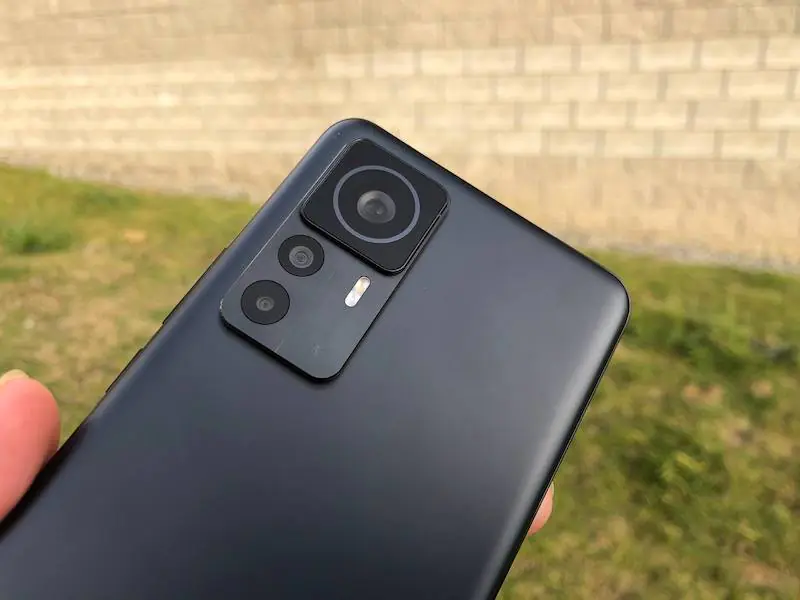
There is nothing on the left side of the smartphone. On the right side is a two-position volume key and the power/lock button.
On the top end is a speaker, an infrared port for controlling equipment, and a microphone. The bottom has another speaker, a second microphone, a Type-C connector, and a slot for two SIM cards.
Just like in other models in the series, the fingerprint scanner in 12T Pro is mounted directly under the screen. And of course, we didn’t forget about the option of unlocking the smartphone by face recognition.
Xiaomi 12T Pro display
The display resolution is 2712×1220 pixels. With a diagonal of 6.67 inches, you get a very clear picture. In addition, the 12T Pro supports HDR10+ technology, so the image on the screen will always delight you with color saturation and contrast. Other advantages of the display include maximum viewing angles, naturalistic color reproduction and high brightness (up to 900 nits peak, 500 nits standard).
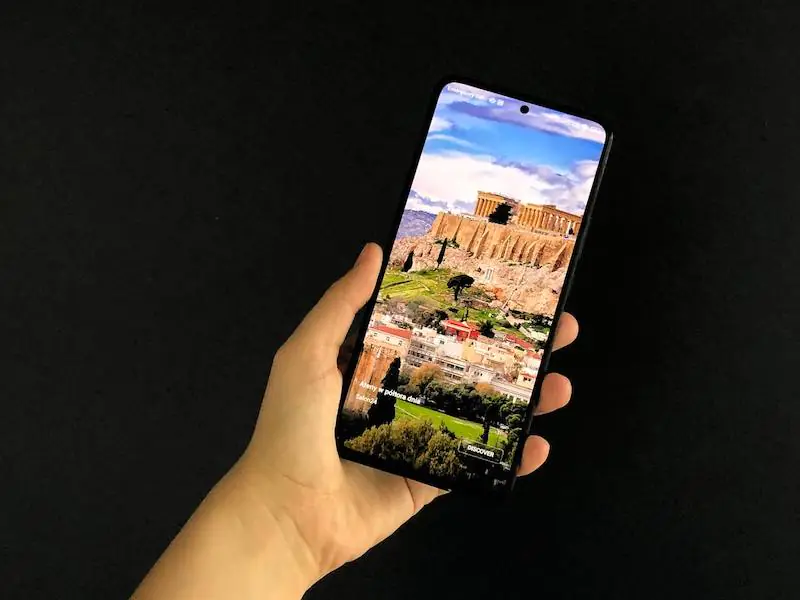
Xiaomi 12T Pro has an AMOLED display with a high refresh rate of 120 Hz. As always with Xiaomi, there are two refresh rates to choose from: either 120 Hz or 60 Hz. There is no intermediate option in the settings, and the first one is dynamic. That is, some programs, even in 120 Hz mode, will be displayed at 60 Hz if the system determines that a particular application does not need to use high hertz, for example, in the case of static photos in the gallery. This significantly saves battery power, which we will discuss in detail later.
The settings include different color rendering options, a dark theme, reading mode (monochrome), and more.
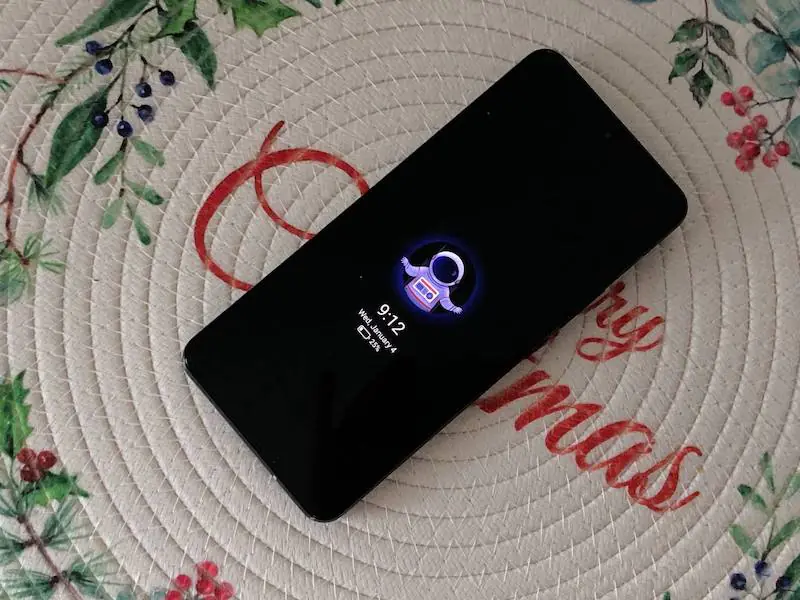
The Always On Display function is separately configurable to display the clock, date, and notifications on the deactivated screen. There are many options to choose from, from classic analog clocks to futuristic sketches.
“Hardware” and performance
The 12T Pro has been packed with the right stuff. The latest chip to date is no joke. But this is exactly where the huge pitfall lies – overheating and throttling. During high loads, the sample we tested heated up, and one of the tests could not be completed due to unexpected shutdowns due to overheating.
That is why I believe that bigger is not always better. Optimization and optimization again is what makes smartphones really competitive, provided the components are the same.
The results of the synthetic tests were as follows:
- GeekBench 5 (multi-core) smartphone scores 4,403 points, GeekBench 5 (single-core) scores 1,333 points
- 3D Mark – 2,744 points
- PC Mark – 12,905 points
Customers are offered versions of the smartphone with 128 or 256 GB of internal memory. The first variant can have 8 or 12 GB of RAM, while the older model comes with only 12 GB of RAM. This is more than enough for the smartphone to handle many applications well.
Like its siblings in the series, the 12T Pro has a special mode that allows you to expand the amount of RAM by as much as 3 GB at the expense of the permanent one.
Cameras of Xiaomi 12T Pro
The 12T Pro camera can clearly be attributed to its strengths:
- main wide-angle: 200 megapixels, f/1.7, 1/1.22″, 0.64µm, PDAF, OIS
- ultra-wide 8 megapixel, f/2.2, 120˚, 1/4.0″, 1.12µm
- macro: 2 megapixels, f/2.4, 1/5.0″, 1.75µm
- front 20 megapixel, f/2.2, 1/3.47″, 0.8µm
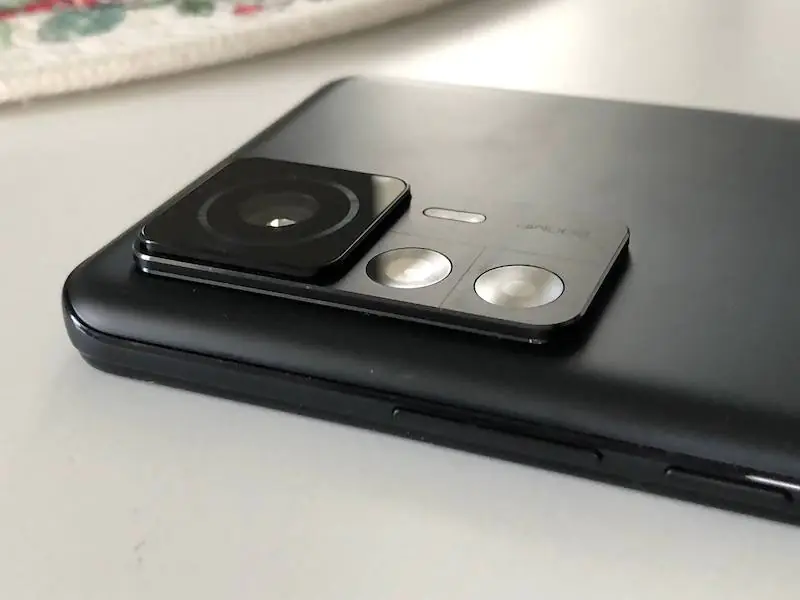
The main module has an excellent sensor and takes photos of really impressive quality. Both day and night, the camera adequately accepted challenge after challenge, producing very cool results. You can view the photos in their original quality at the link.
I had only one small criticism about the shooting – on a sunny day, the camera kept trying to crank the brightness higher than it should be. This harmed the correct color reproduction and made the pictures overexposed. Minimal intervention by dragging the exposure slider down made the pictures much more dramatic and natural. An example of this situation is shown here, on the left is the auto mode, on the right is my exposure correction during shooting.
As is the case with modern mobile cameras, the 12T Pro does not save images in their original resolution, pixels are combined for better quality, but you can still use the original 108 megapixels. Although there is no particular point in this – when pixels are combined, the photo quality is even better.
As in other models of the Xiaomi 12 series, the designers abandoned the telephoto lens in the 12T Pro, adding a 2x zoom. It is very high quality, its use does not affect the quality of the footage, so it copes with its task perfectly.
The second camera is a wide-angle camera, so photos of endless landscapes will be taken as well as possible. Photos from the wide-angle module are also of high quality, with no significant differences in color reproduction, contrast, or exposure compared to the main camera. Although it’s clear that the sharpness of the images may be slightly worse due to the weaker sensor, this does not significantly affect the final quality of the photos. For comparison, on the left is a photo taken with the main camera, and on the right – with the wide-angle camera.
In low light conditions, photos on the 12T Pro are not “noisy” and well detailed, especially if you remember to turn on the night mode. Creating a photo in this mode takes a little longer than usual – 1-2 seconds, so it’s better to lean your smartphone on something or mount it on a tripod. Note that night mode can also be used when shooting with a wide-angle camera. By the way, since the camera is very powerful, they also brought some interesting night modes, such as my favorite light painting. Combined with a tripod, it’s a blast!
Xiaomi 12T Pro has a separate macro camera, and it’s a failure. It’s true, 2 megapixels are perceived as a mockery, especially since the pictures from the main camera at close range produce very high-quality aesthetic shots. The macro lens, in turn, creates soapy blurry and low-contrast images, so I don’t recommend using it in real life at all. On the left is a photo taken with a macro camera, on the right is a close-up shot with the main camera.
When it comes to video recording, the 12T Pro is complicated because of the large number of features, bells and whistles and technologies. So let’s take it one step at a time. In normal mode, you can shoot video in 8K resolution at 24 frames per second, and you can also record 4K at 30 and 60 frames per second. At the same time, if you want to shoot video with image stabilization, the highest available quality will immediately drop to the usual 1080p at 30 or 60 frames per second. In short, you need to sit down once and understand everything thoroughly so that when you need to shoot something, you don’t miss the moment by fiddling with the settings.
The camera interface is pretty standard for MIUI, with all the necessary shooting modes: photo, video, portrait, and Pro. Other useful modes are hidden under the “More” tab: night, 108 megapixels, video clip, panorama, documents, slow motion, time lapse, long exposure, and dual video.
All the important shooting settings are available in the Pro mode settings, including shutter speed, aperture, and white balance. This mode also works with both the main and ultra-wide-angle modules. For the main camera, you can enable shooting at a resolution of 108 megapixels.
The front camera also proved to be super cool. The pictures are clear and realistic, and in portrait mode the face is well separated from the background, which is programmatically blurred without errors or artifacts.
Software
As an operating system, the 12T Pro uses the proven “sandwich” of Android 12 and MIUI 13, which is no surprise. We have already reviewed all the features of this combination in previous reviews.
Our subject has the standard set on board: 5G, Wi-Fi version 6, Bluetooth 5.3, GPS, NFC.
It is convenient that you can install two SIM cards in the smartphone. In modern realities, this can be very important when the towers of one operator go down from too many connections.
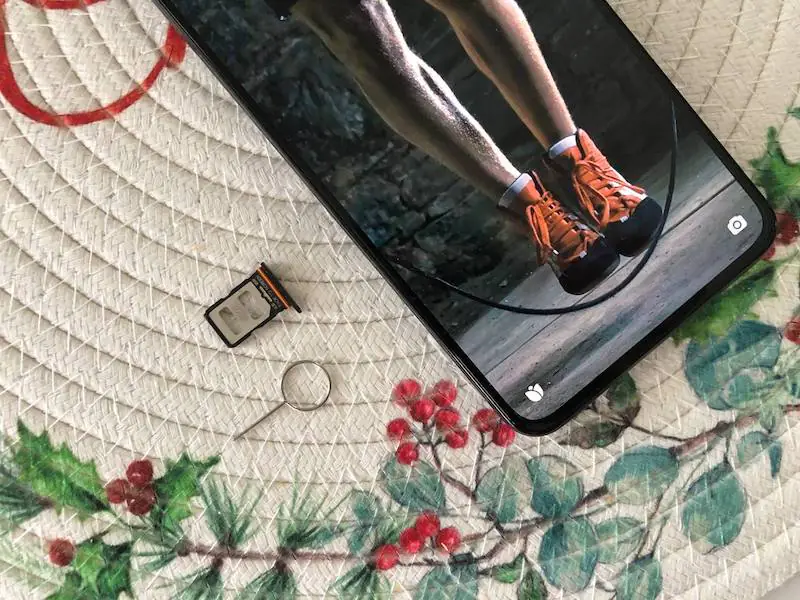
The Harman/Kardon inscription on the top of the smartphone immediately made me very happy. Finally, I thought, I’ll fulfill my guilty pleasure – I’ll listen to music not through speakers or headphones, but through the smartphone speakers – and it will be wow and cool.
What can I tell you? The overall volume is really very good, the speakers are competently located at the ends of the case, so no matter which way you turn the smartphone and how you hold it, you will not block at least one of the speakers.
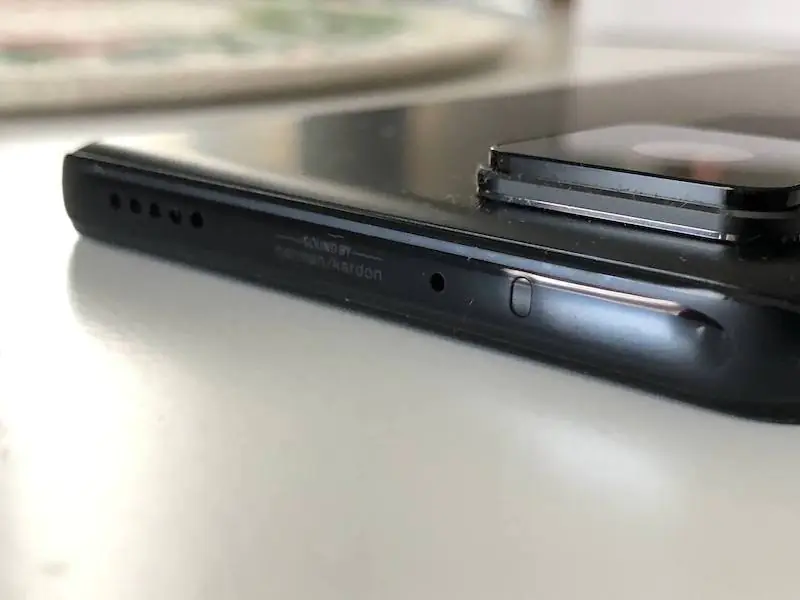
But I have two significant complaints about the sound of the smartphone. The first concerns the balance of the speakers, that is, the sound between them. The upper one seems to carry 60-70% of the sound, at high volume even the vibrations of the case are felt near it, while the lower one seems to be underperforming. The second feature is a balanced, but not very expressive sound. Honestly, it doesn’t even compare to Harman/Kardon. Yes, you can listen to a good smartphone speaker, but there are neither juicy bass nor crystal clear highs. Therefore, my impressions of the audio system are more than ambiguous.
Read also: Xiaomi 12 Pro Flagship Review: Is It Worth Choosing?
Autonomy
In the Xiaomi 12T review, I paid a lot of attention to the battery life of the smartphone and was impressed by the fast charging in less than 40 minutes. To my great satisfaction, the battery here is the same capacity, and the power supply is the same 120 W. And yet the 12T Pro charges in just 30 minutes. I truly believe this is one of the best charging speeds of any modern smartphone.
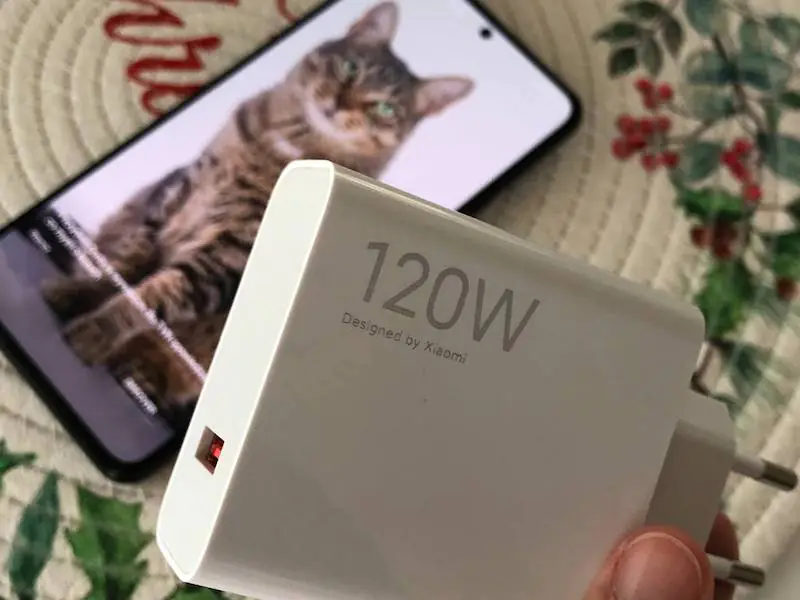
But there is a nuance ©. When it comes to battery life, the situation is a little worse than with the Xiaomi 12T, because we have an extremely insatiable chip. Nevertheless, the 12T Pro can last about 8 hours of active screen use. According to professional tests, it also shows the ability to 14 hours of web browsing and 17 hours of video playback at medium brightness.
Conclusions
Like other models of the latest lineup, Xiaomi 12T Pro left a generally pleasant user experience. The smartphone has good battery life and super-fast charging, a bright, contrasting screen, and a great main camera.
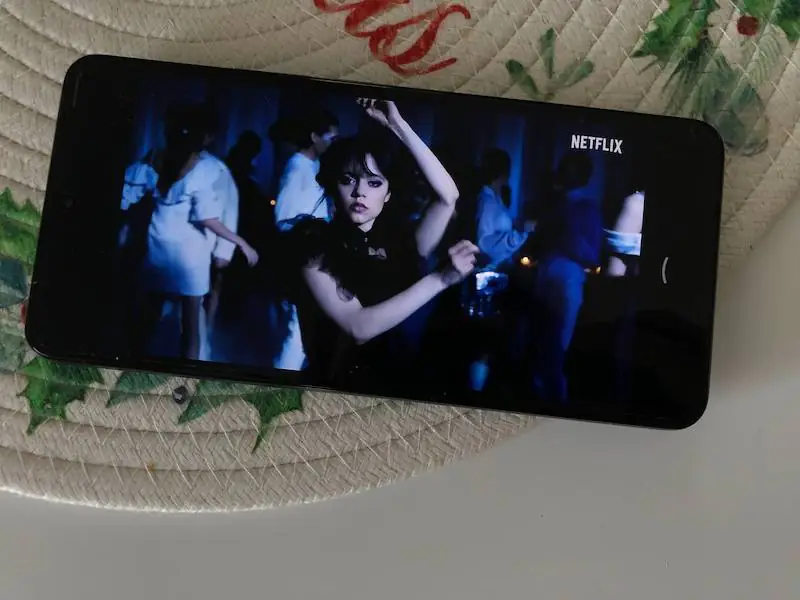
Among the 12T Pro’s weaknesses, I can note a frankly weak macro camera, mediocre sounding speakers, and a plastic case that may not seem like a premium choice of materials. As you can see, the disadvantages are not critical, especially if you take into account all the other advantages and the model’s good price positioning in terms of price and performance.


